Dear Katie,
I am not sure if it is a hybrid work schedule, or a recent new workout routine I have been trying, but the sides of my body have been so sore. My partner said it is my “lats” and I am not sure if it’s that, or something a bit lower that feels tight all the time. Any suggestions for something I can do on the job to stay relaxed.
Thanks,
Rob, Ann Arbor
Namaste Rob,
There are so many things that we do that can activate the sides of our bodies, whether it is a workout, household activities, or working in different environments. Our Latissimus Dorsi is a large muscle that covers part of the upper back, wraps around the side, and into the abdominals. The ‘lats’ as we often shorten the muscle group, are surface level, and get involved in many activities!
Many yoga asanas target the lats and are referred to as lateral bends. One such asana is called Blown Palm. In this asana, which we can take seated or standing, we ground through our lower half and move from the waist up. Inhale as the arms reach up, lengthening the spine to a degree that feels good. We want to offer a sense of reach without forcing. Utilize the inhale for the lift, and the exhale for a reach of the top arm over and up. Our aim here, whether we are seated or standing, is to offer space to the side body.
In some versions of this posture, we move to one side and hold for a few breaths, and then switch sides. In other practices, or on days with different needs, we may inhale the arms toward the sky and exhale reach to one side, using the next inhale to lift us back to center. Whether we are choosing a hold or a flow, we want to make sure that we don’t feel any crunching in the waist as we move from side to side, continuing to stay mindful of lifting through the body.
Namaste Katie,
I am a Kapha and find the winters exceptionally challenging when it comes to getting up and moving around. Since yoga is so connected to Ayurveda, is there any particular practice that can assist me in some get up and go?
Nina, Dexter
Dear Nina,
Winter in Michigan can be challenging for many of us! Add a Kapha Dosha type to that, and it can make things more challenging. To back up just a bit, Ayurveda is the sister science of Yoga and is considered the “Science of Life.” Within this beautiful practice that looks at various aspects of our lives, there are three main constitutions that are explored called the Doshas. Vata is the Dosha that consists of air and space, Pitta consists of fire and water, and Kapha consists of earth and water.
According to the Ayurvedic clock, winter is also a Kaphic time, when we see some animals hibernate, certain plants lose their leaves, and generally life slows a bit to match the pace of the season. For those of us who also land more in the Kaphic space in our own make-up, we can feel the effects of that slow down more acutely.
From an Ayurvedic perspective, to counter this tendency to slow down, we add warmth and heat to our bodies, through warm showers, dry brushing, cinnamon teas, and the like. We can carry this idea into out asana practices as well. Flow classes are a nice way to add a moderate amount of heat and jump start a practice. Studios that offer a slow flow may be what you are looking for.
There is often a tendency to jump straight to a Vinyasa or Ashtanga session, and for most Kapha, this is too much heat. Dosha work is all about bringing the body into balance, not trying to push too hard. Find those spaces that get you moving while bringing you enjoyment.
Namaste Katie,
I recently took a compassion workshop at work over a lunch hour. They had some amazing exercises for the office, such as gratitude journaling, and writing emails of thanks to co-workers that are pointed and specific. Are there ways to translate some of these ideas to my meditation practice?
Marcus, Ann Arbor
Dear Marcus,
What a lovely option to bring to the office. Compassion practices can be shifted to practices of self-compassion. Dr. Kristin Neff is the lead researcher on self-compassion, and has published books and workbooks on mindful self-compassion which outlines practices for ourselves and our communities. Self-compassion as defined by Neff is composed of self-love, mindfulness, and common humanity which sounds like your workshop started to touch on.
Related to the exercise of writing thank-you’s to your colleagues is the self-compassion exercise called: How would you treat a friend? In this exercise, which is often done as a meditation, envision the language you use to speak to those you care about. If a friend came to you hurting, how are you tending to them? How are you holding space for them? What are the words you are using? Spend a few minutes pulling into focus not only words, but also how they feel. What are you trying to convey?
Once you have developed a comprehensive message with words, but the feeling tone as well, turn the message and the sensation, toward yourself. Become that friend. Look at yourself as worthy of the words you carefully crafted as well as the tone and feeling. After you have flipped the message, sit with the feeling and the message for as long as you have available, or as long as it feels good.



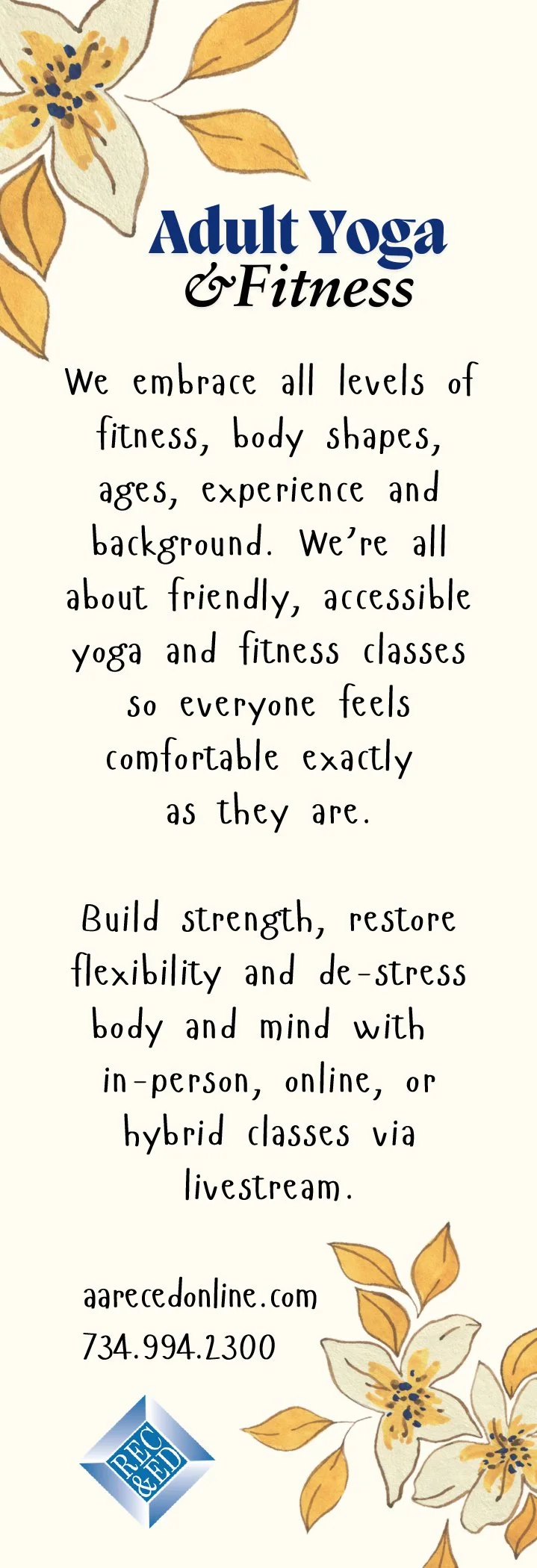


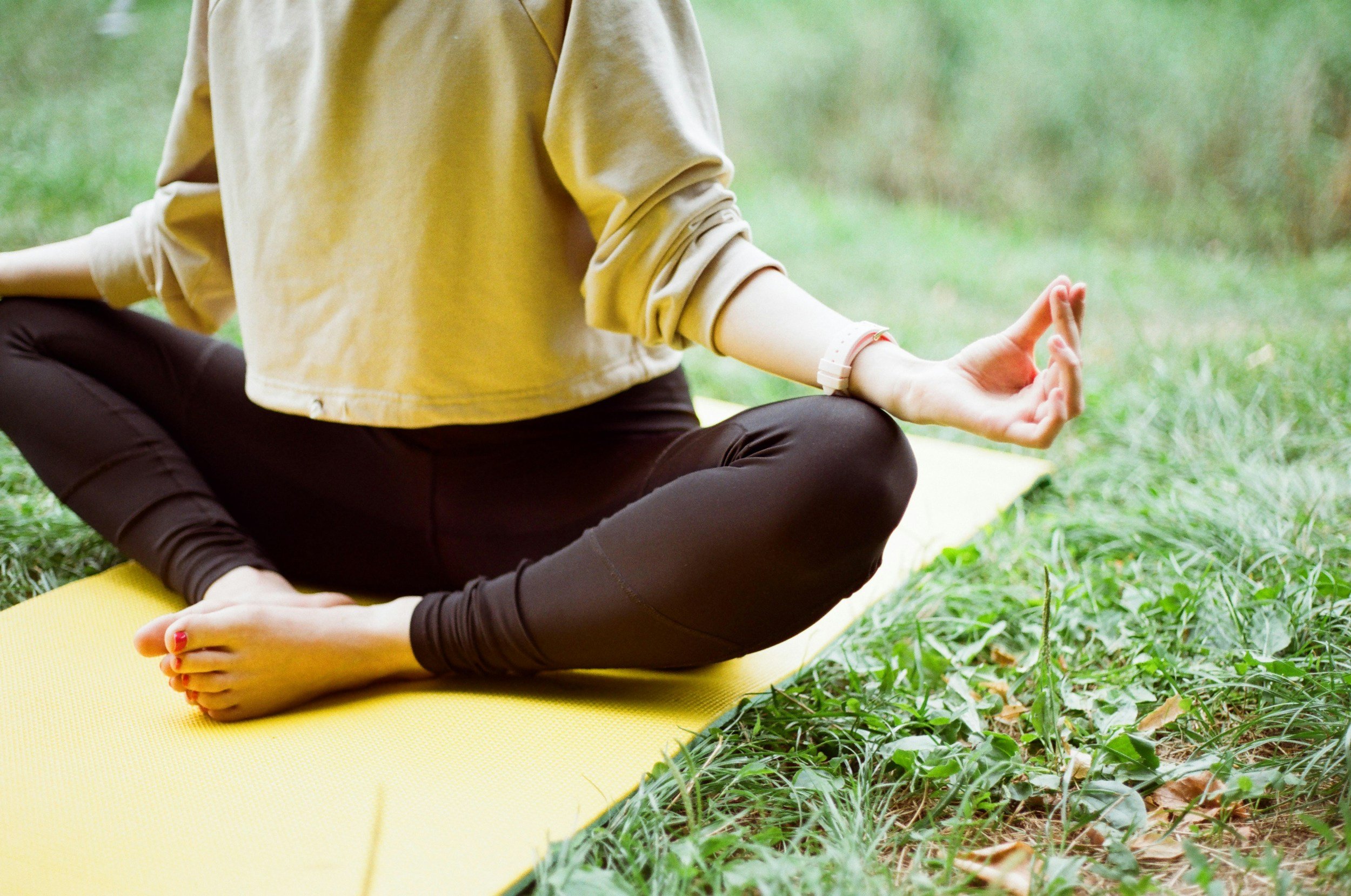








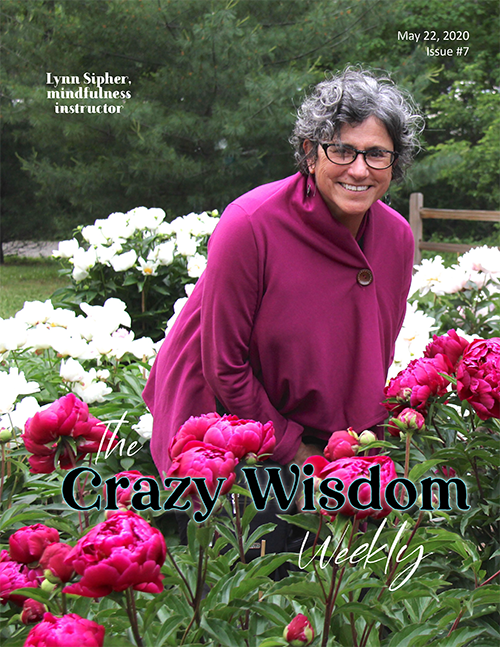


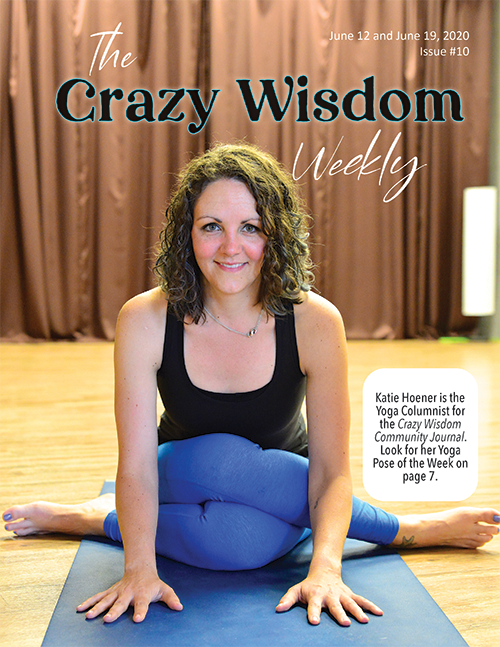
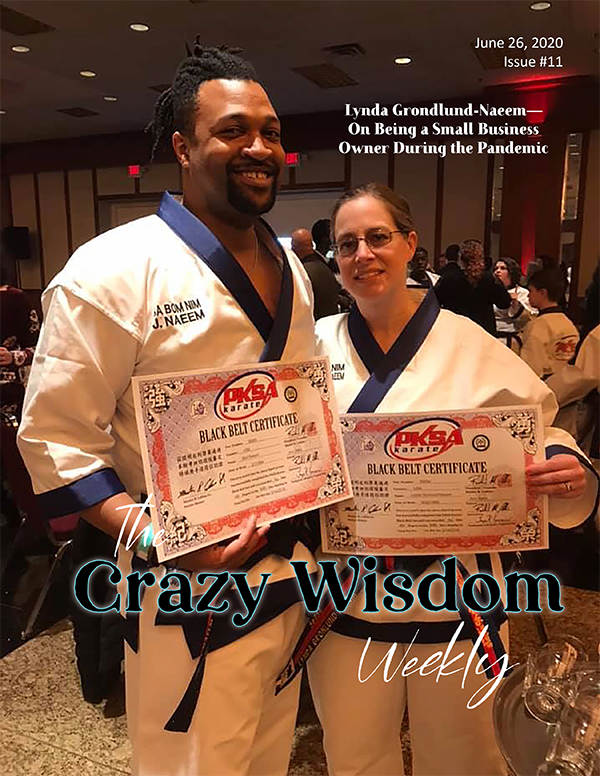
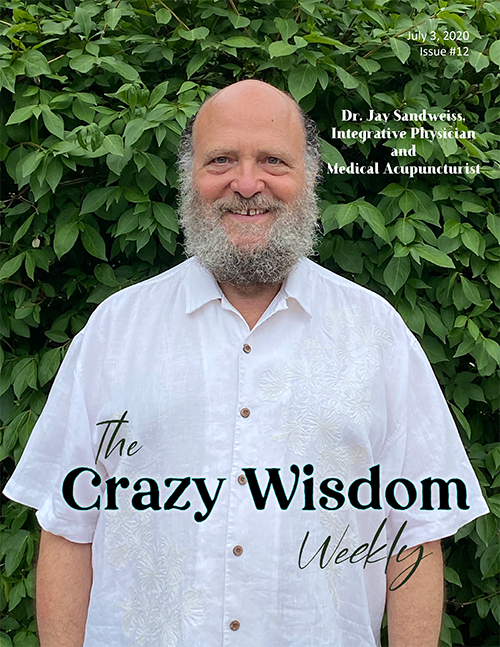


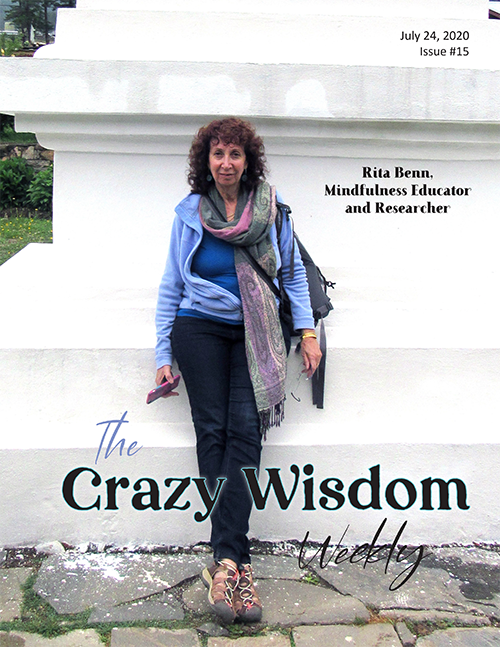



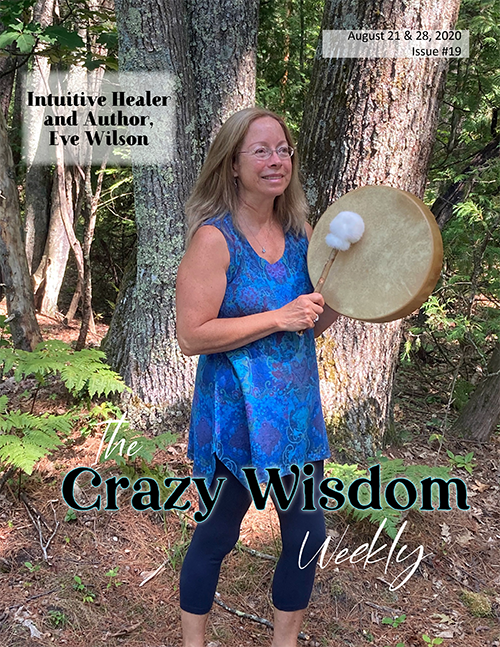





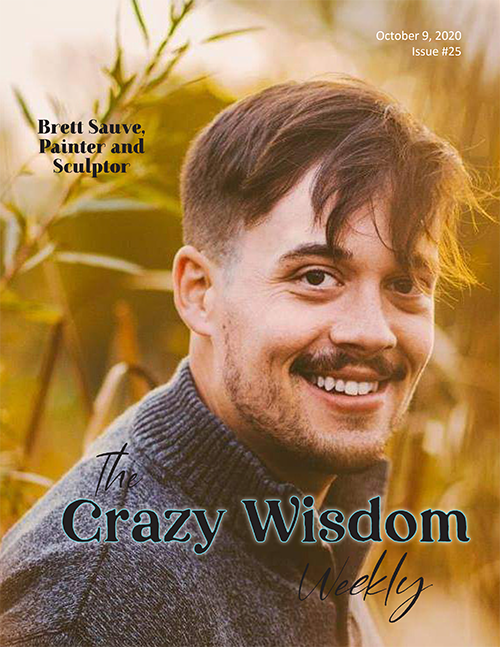
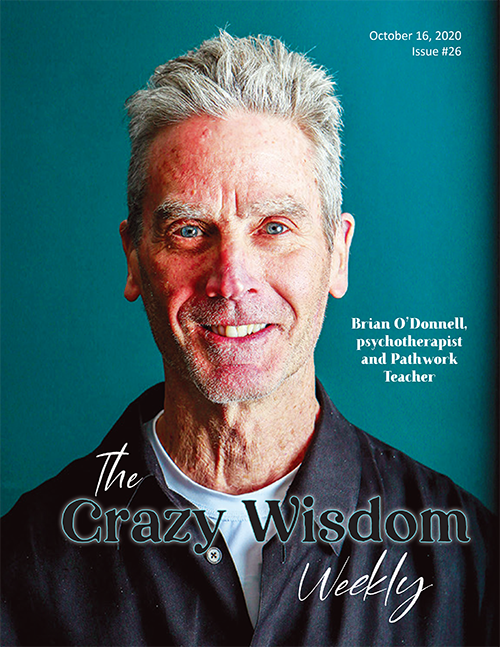

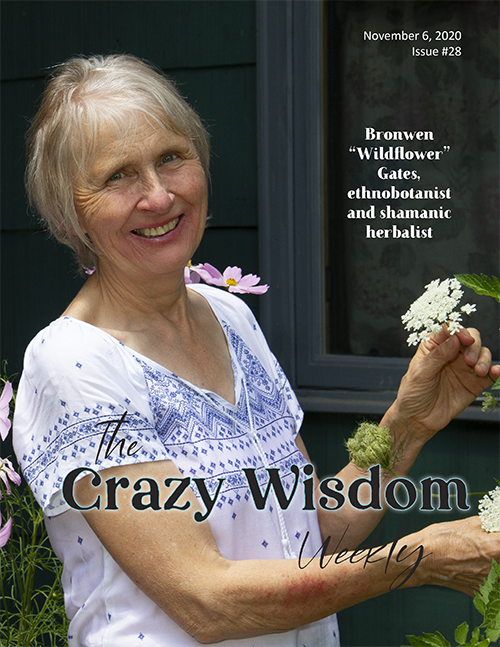
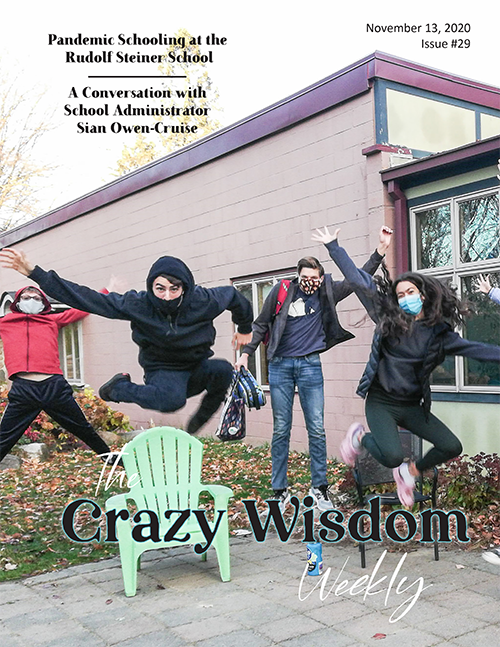
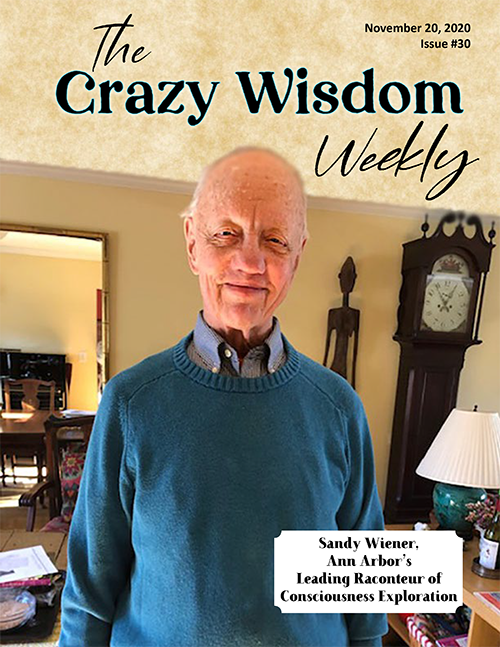
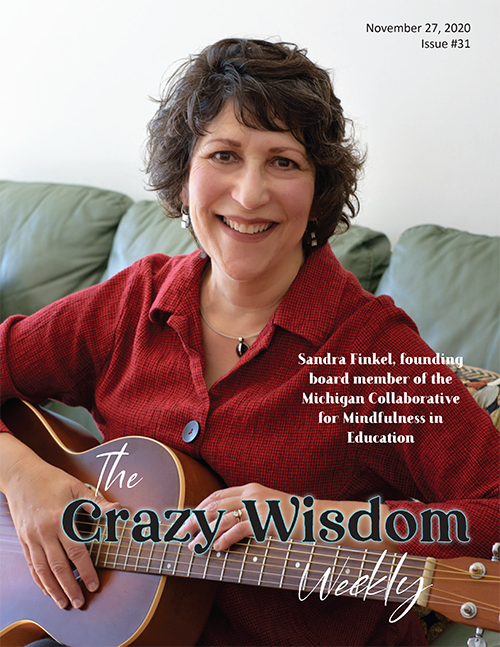


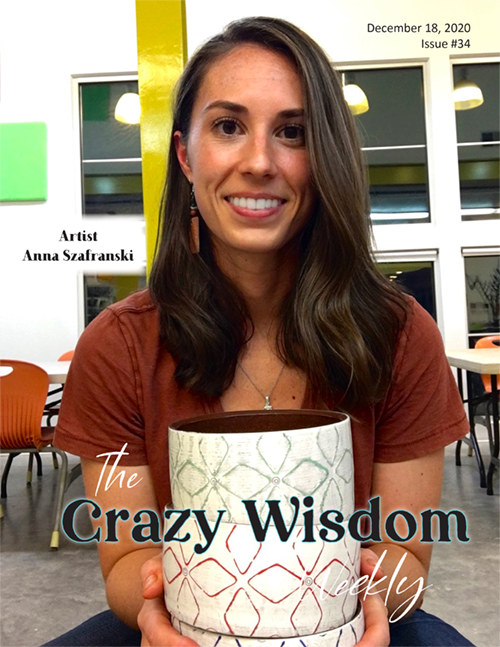
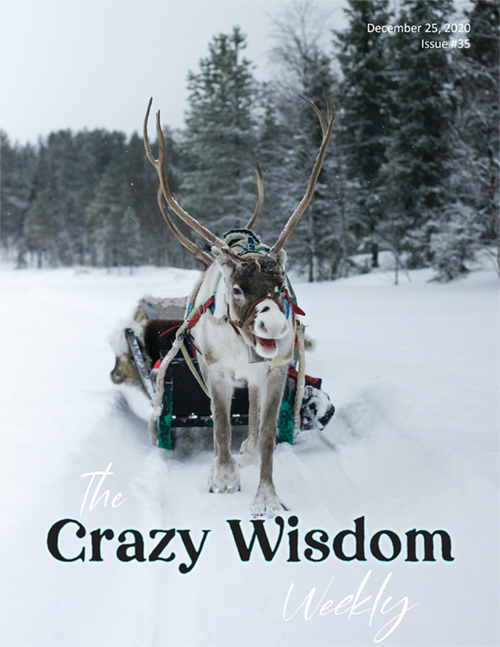
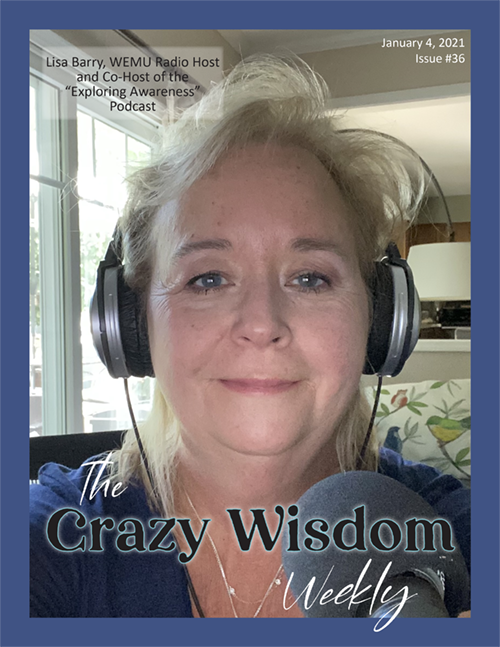
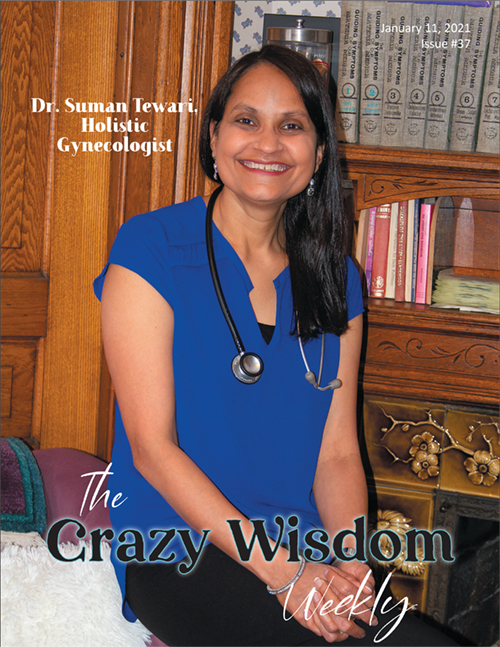





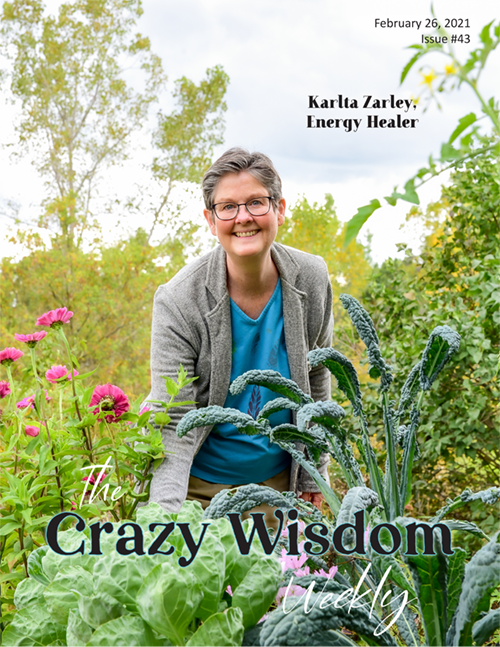
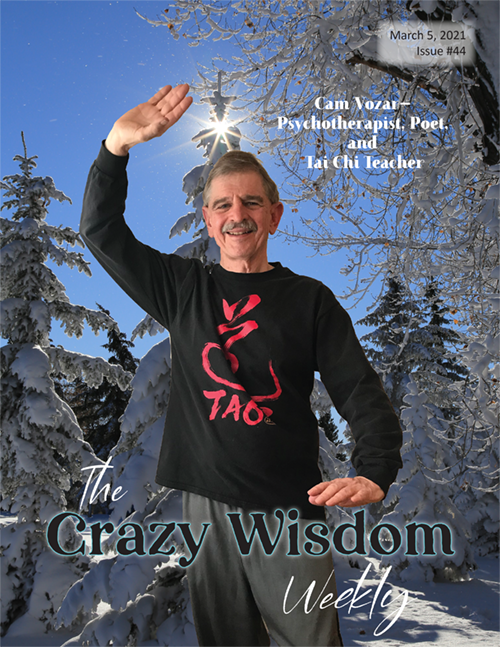
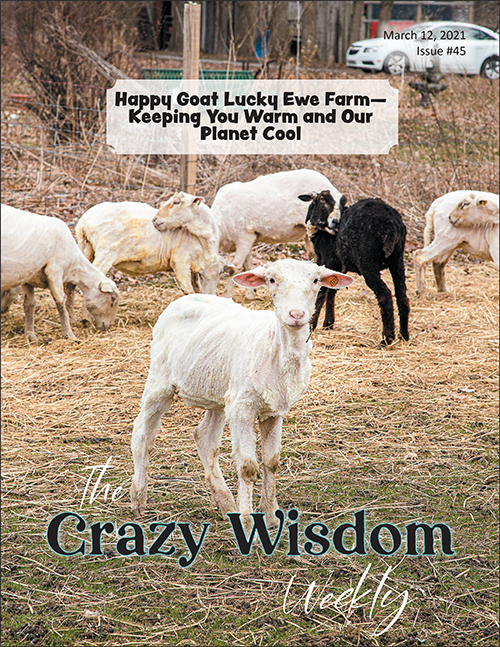
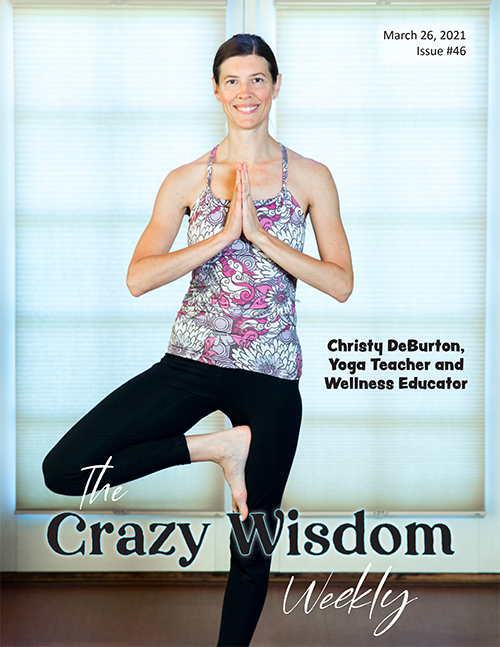



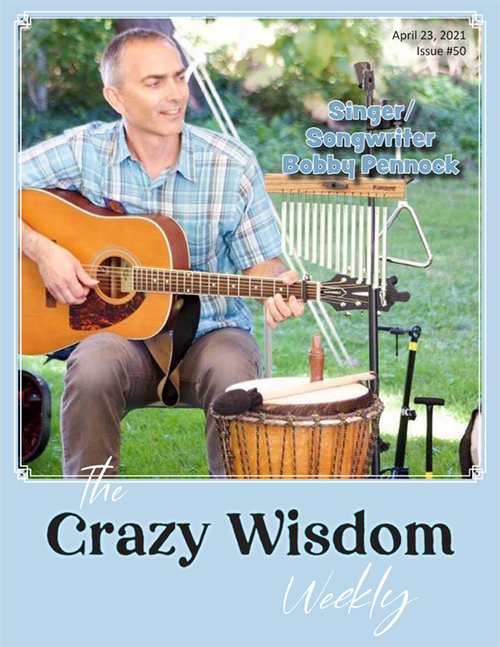
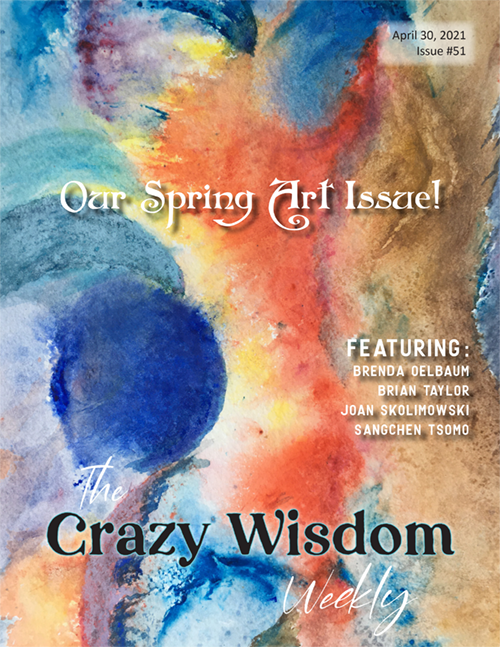




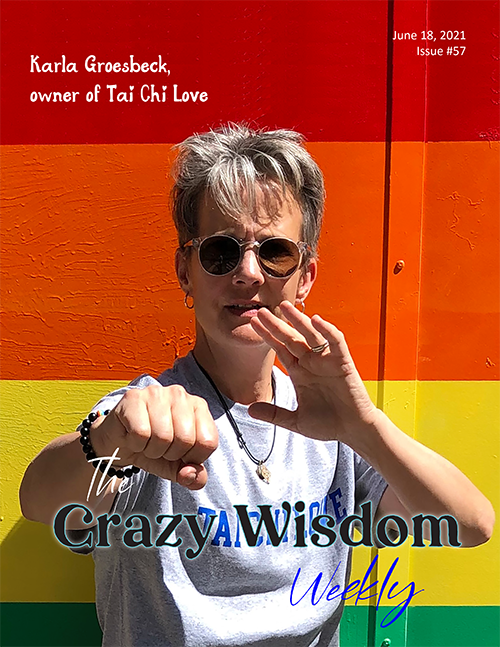
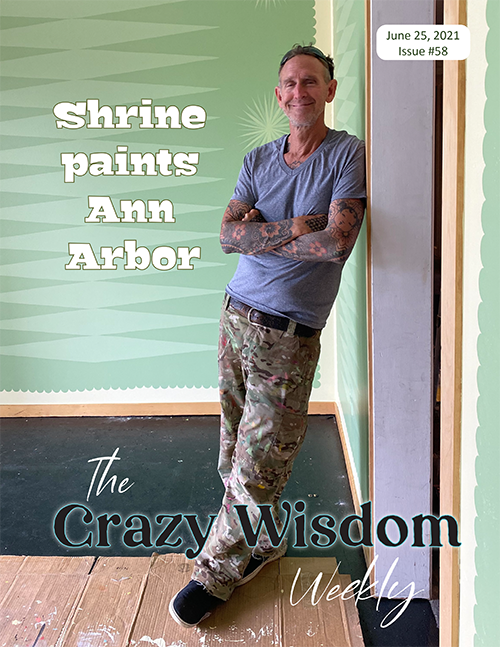
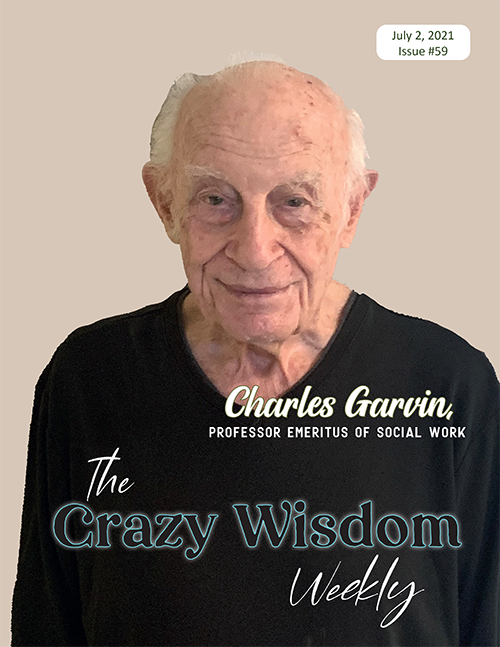

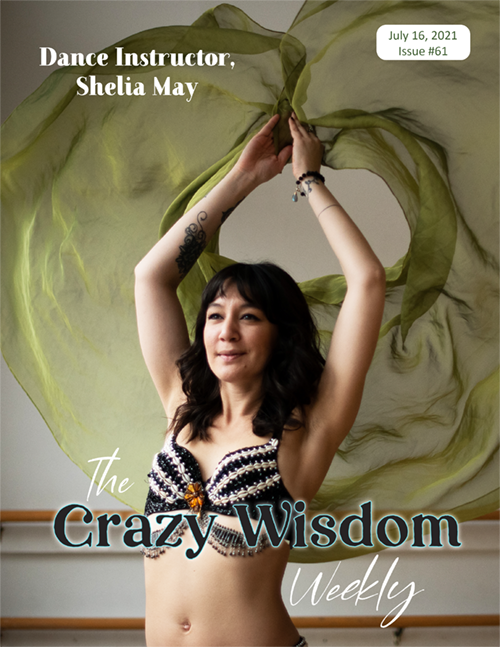

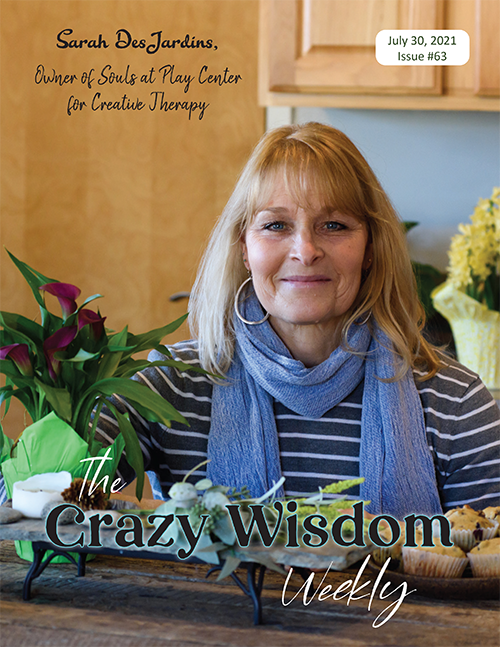

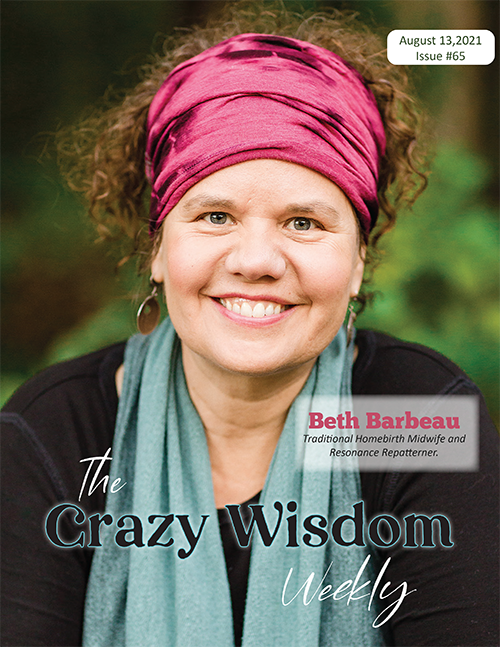

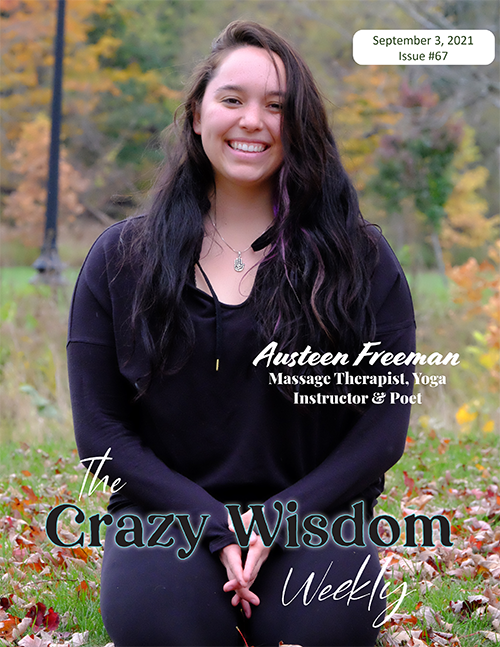
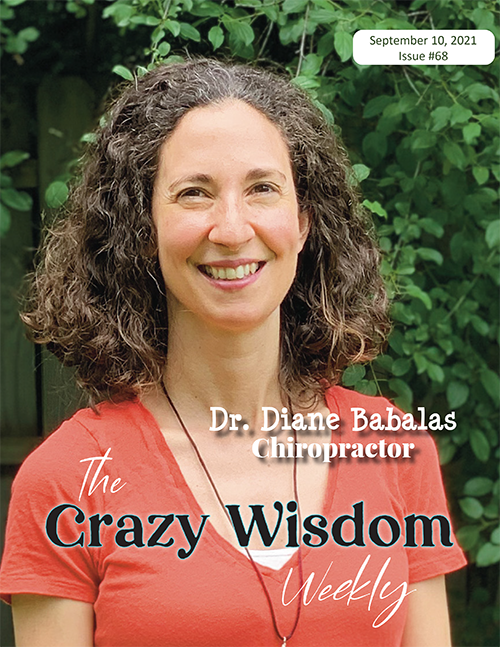
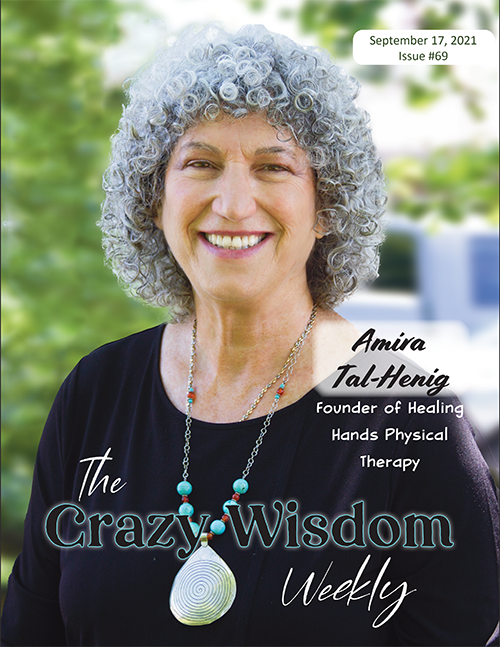
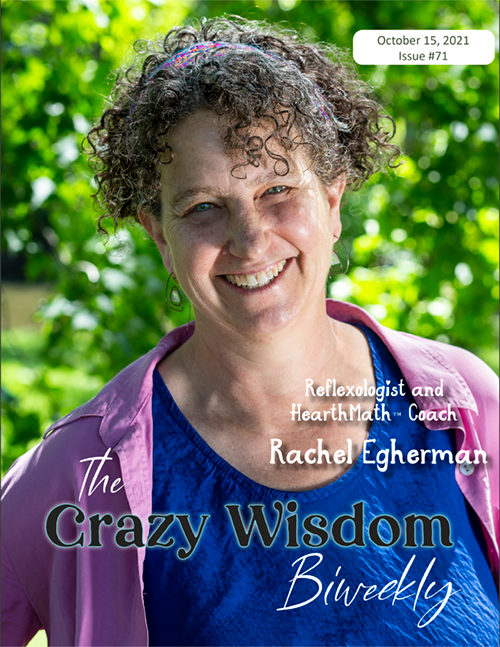

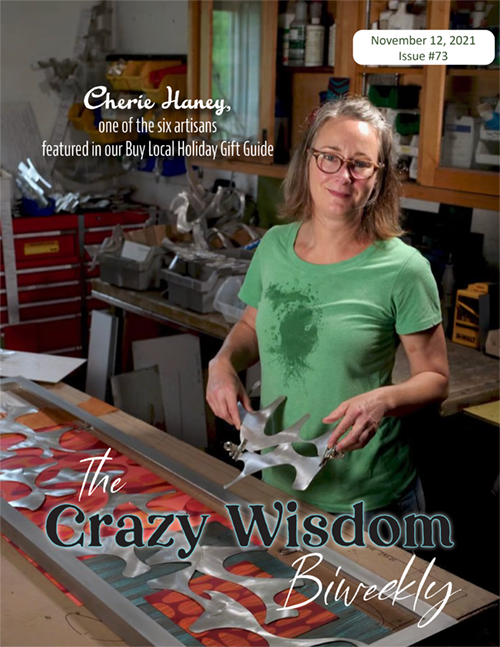
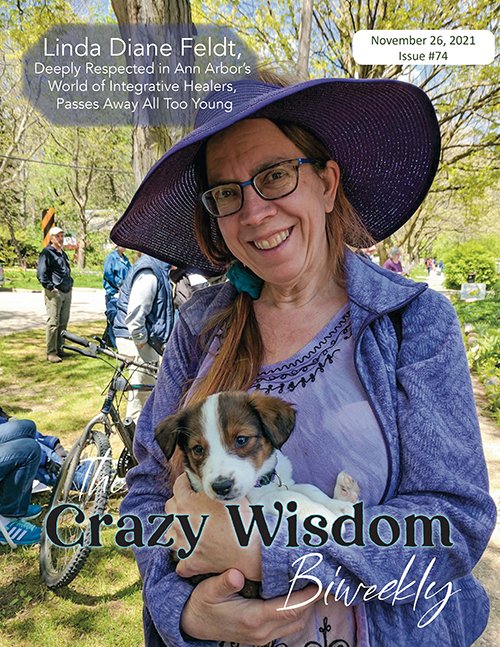
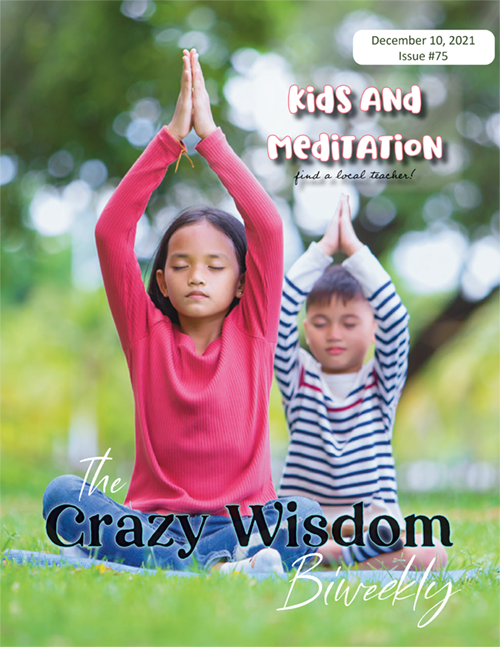





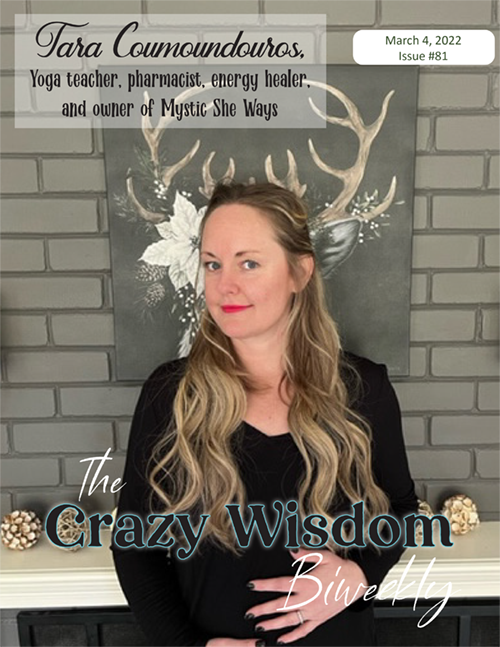

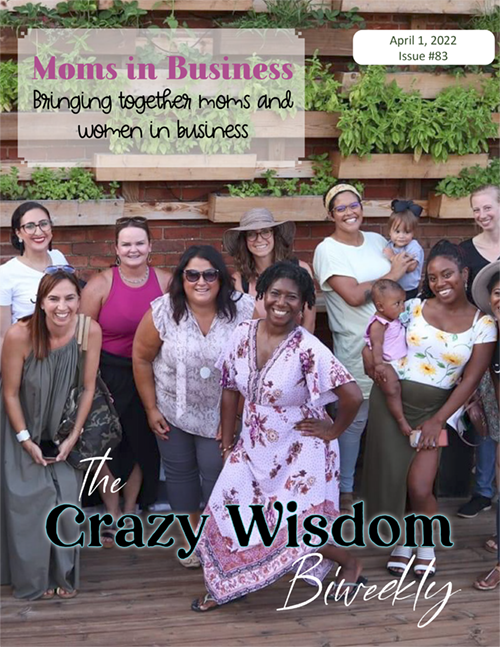
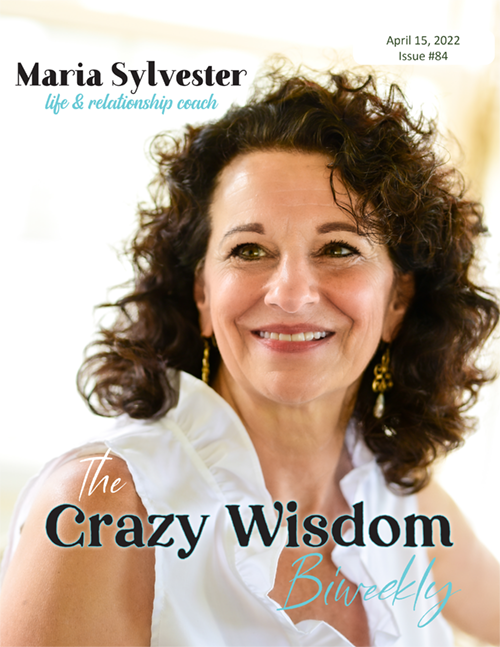
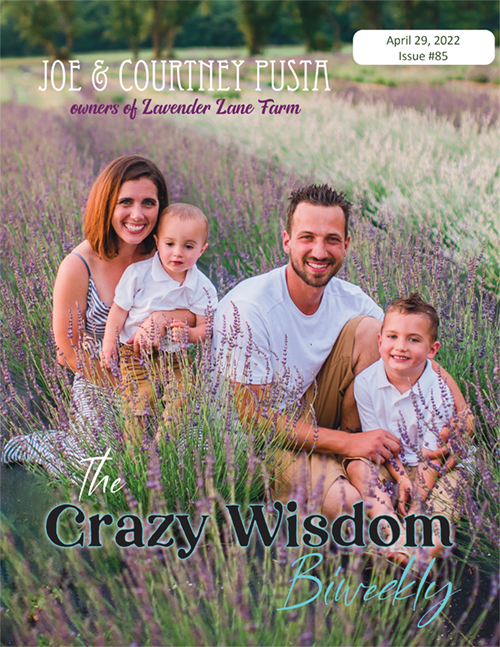
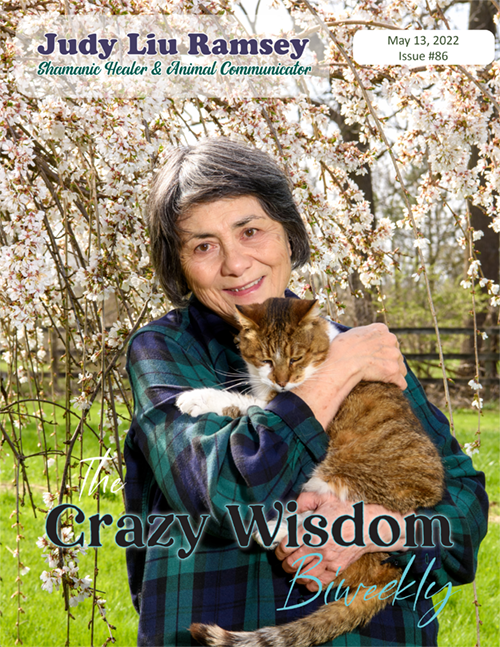

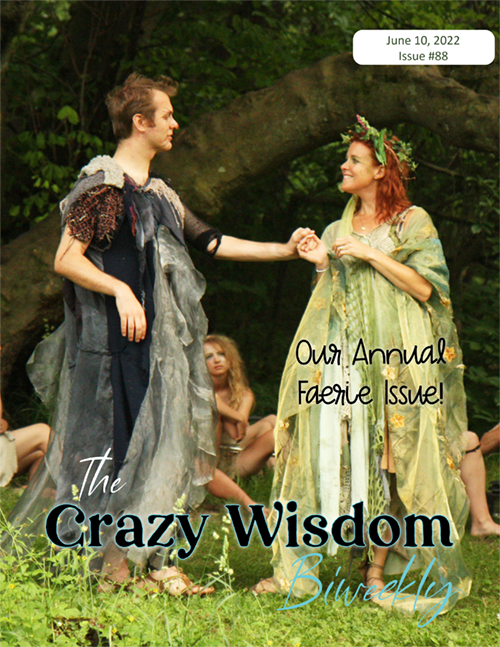


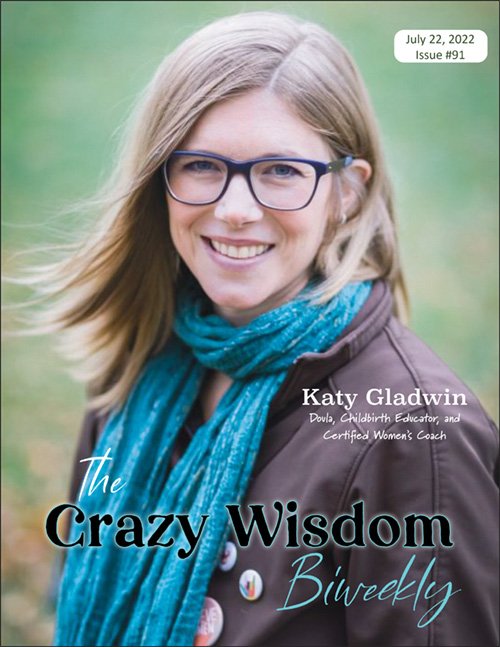
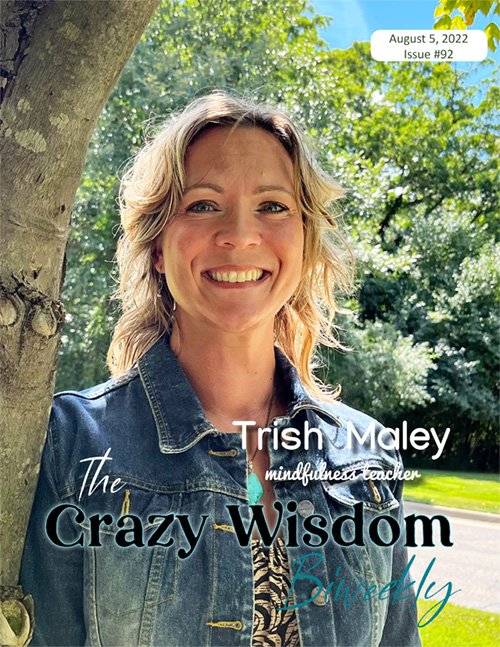

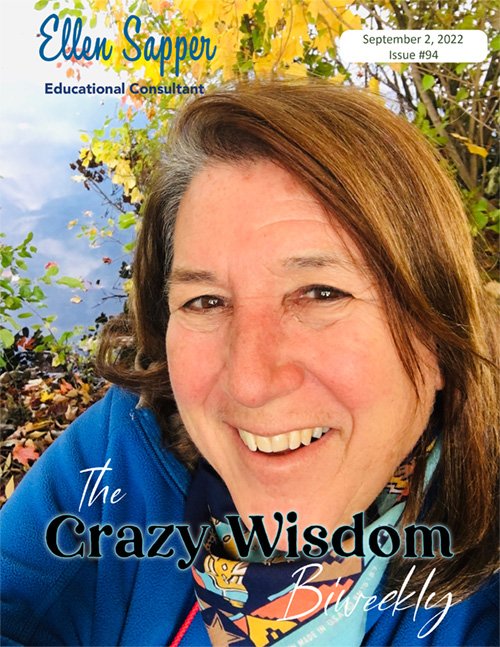
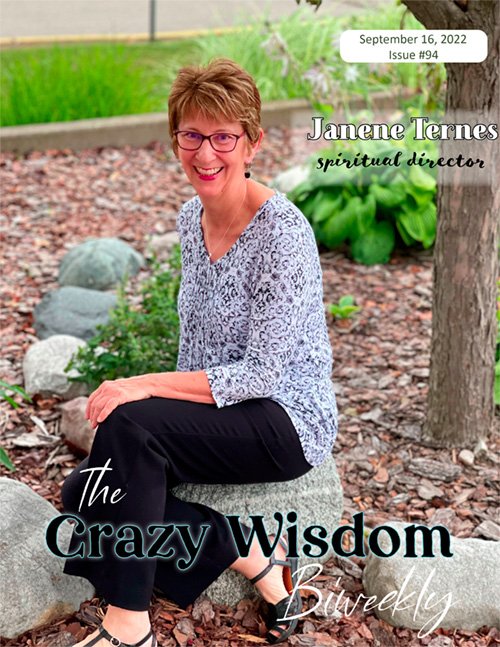
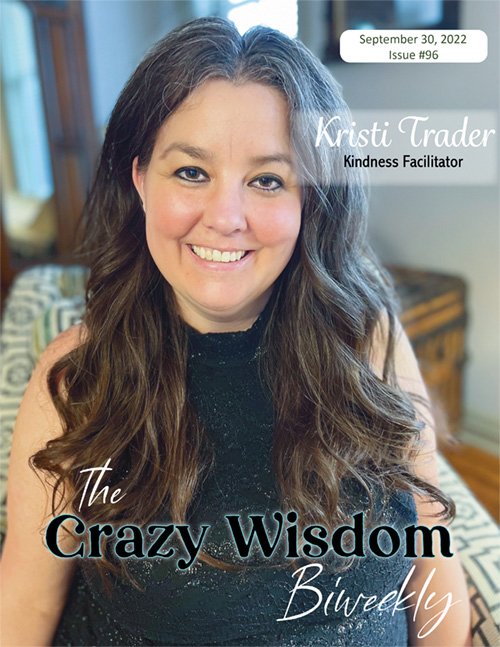












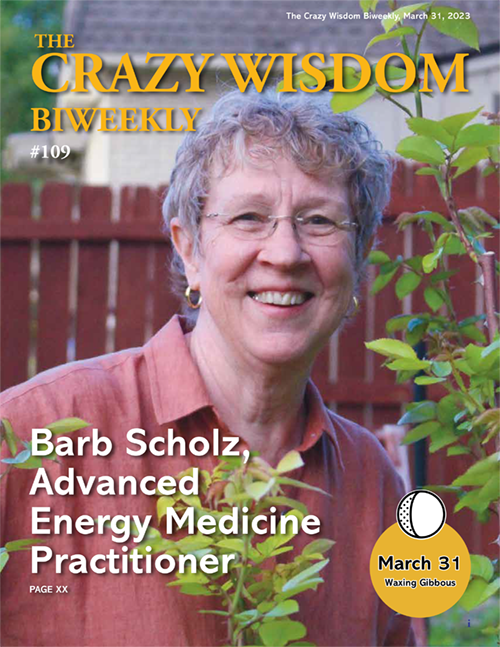
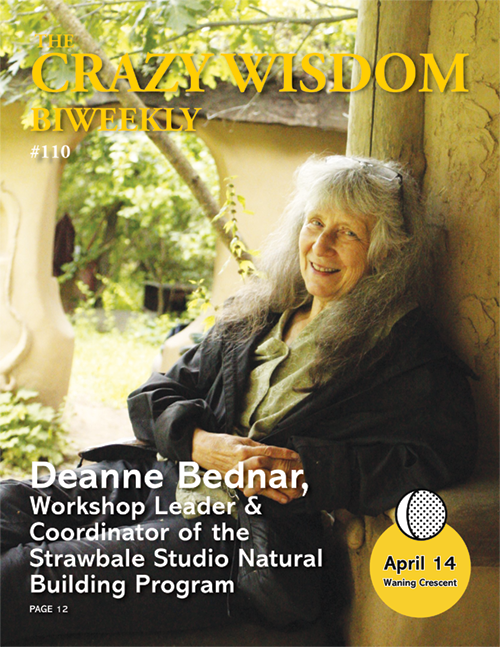
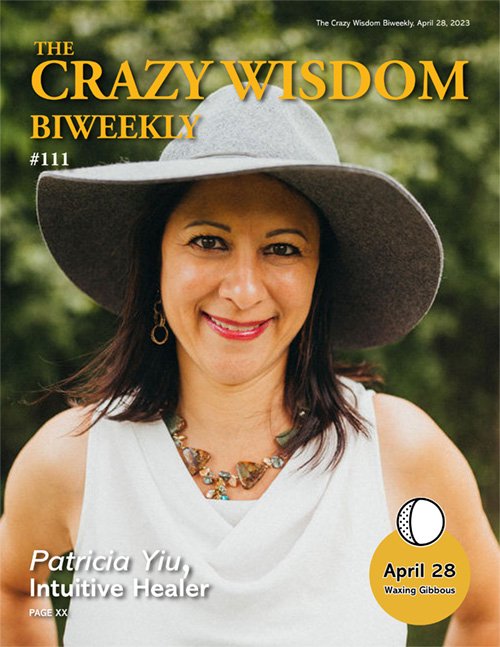

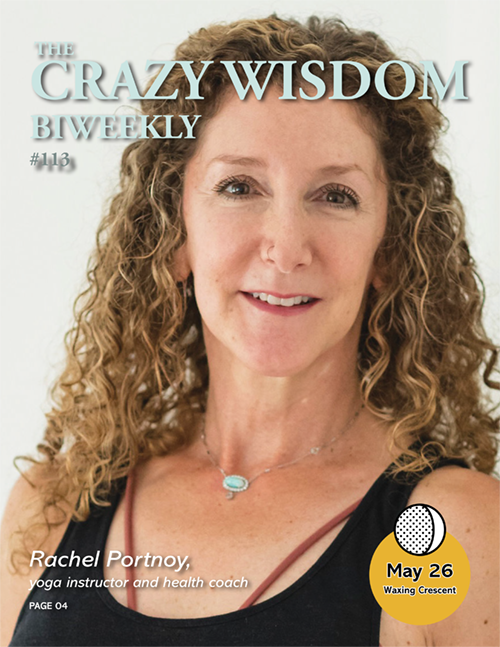

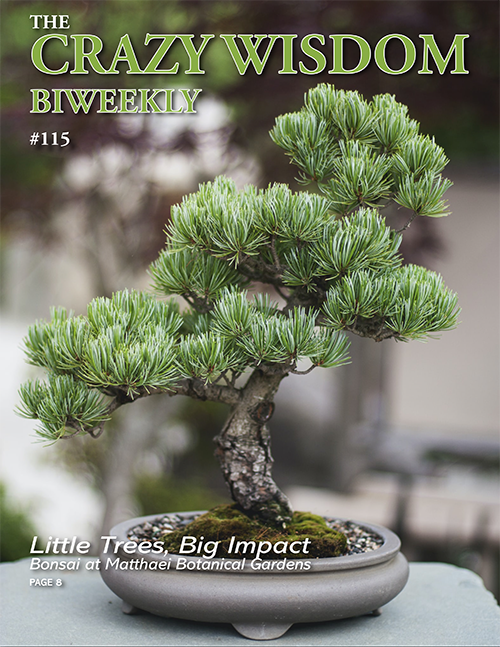
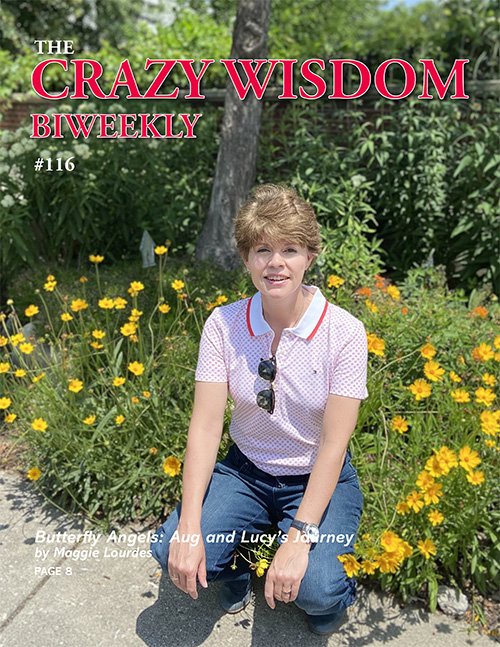
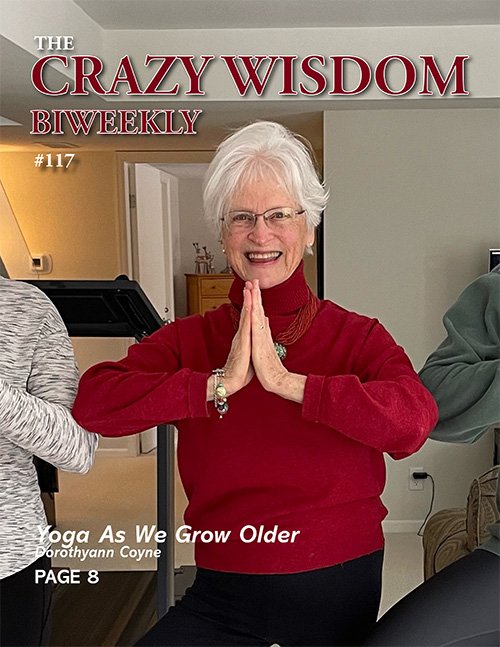
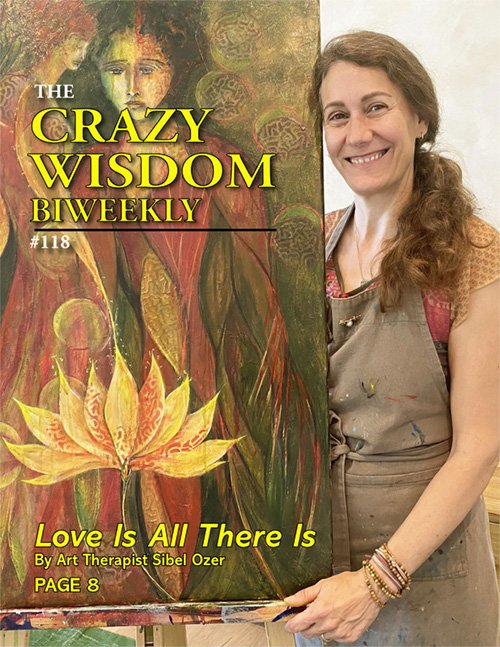
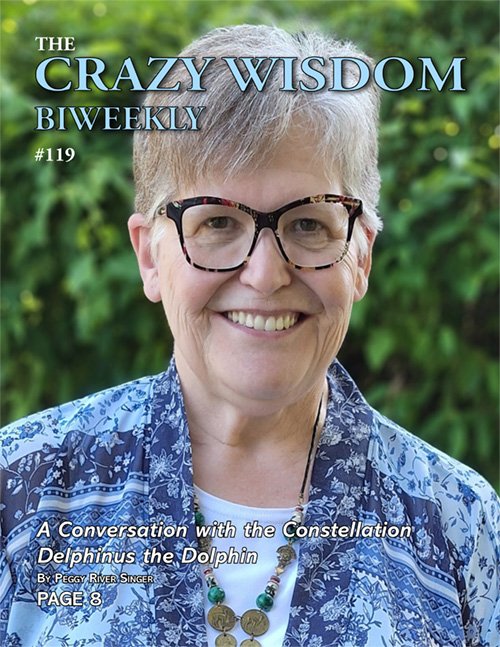
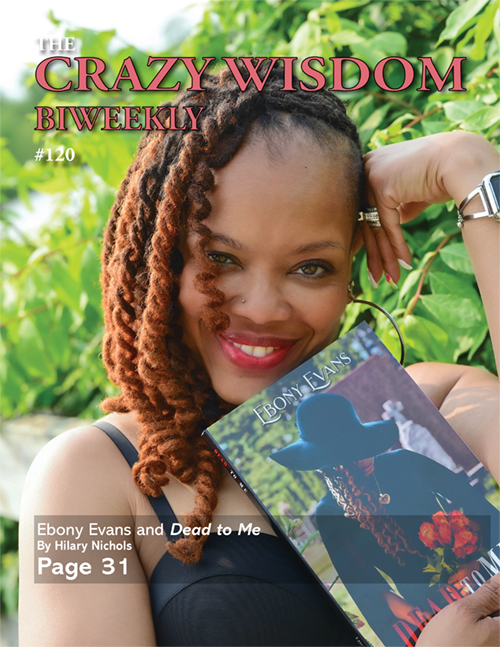
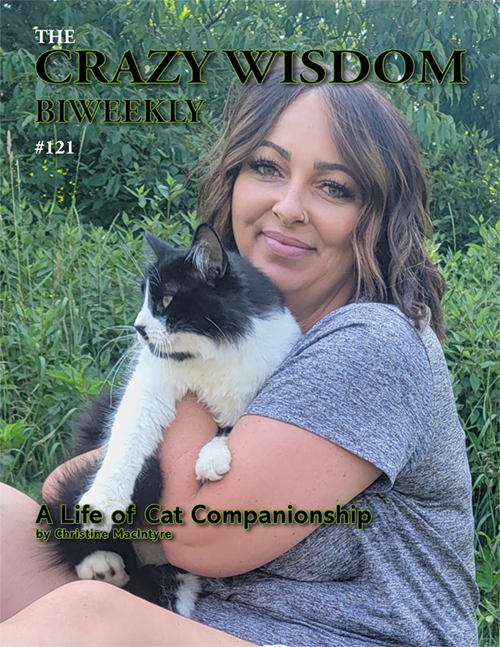
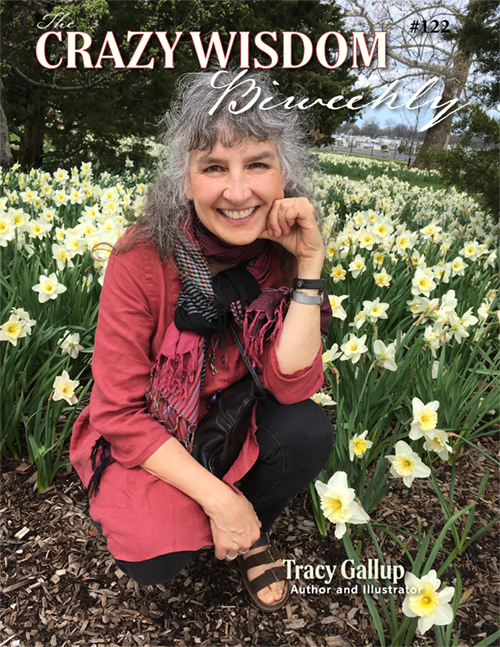
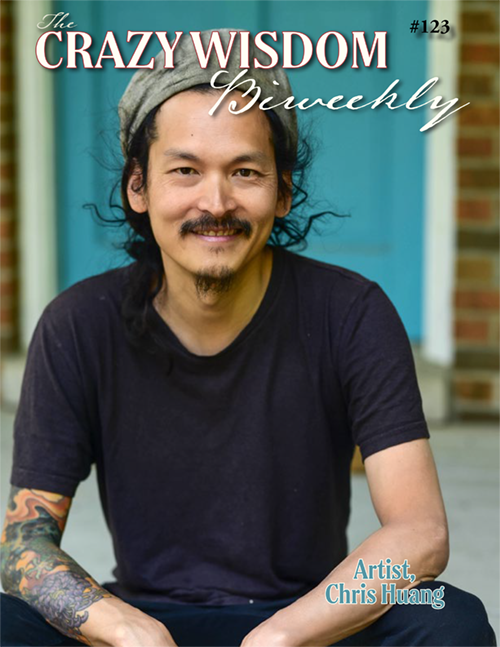

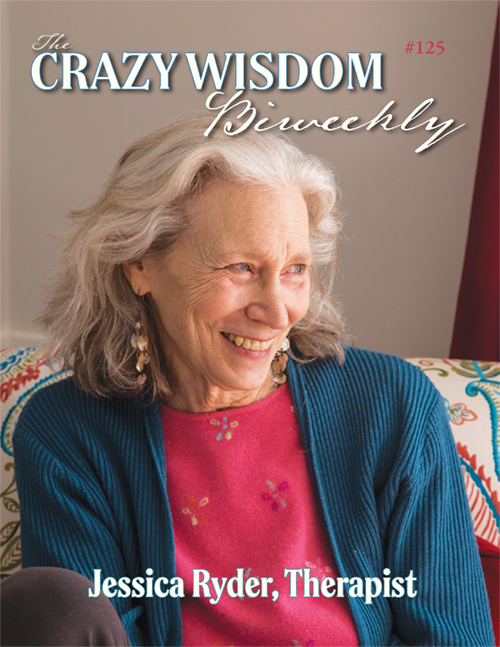



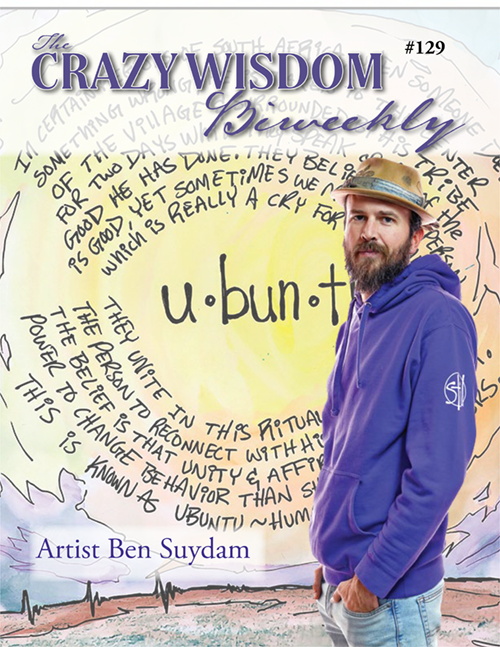
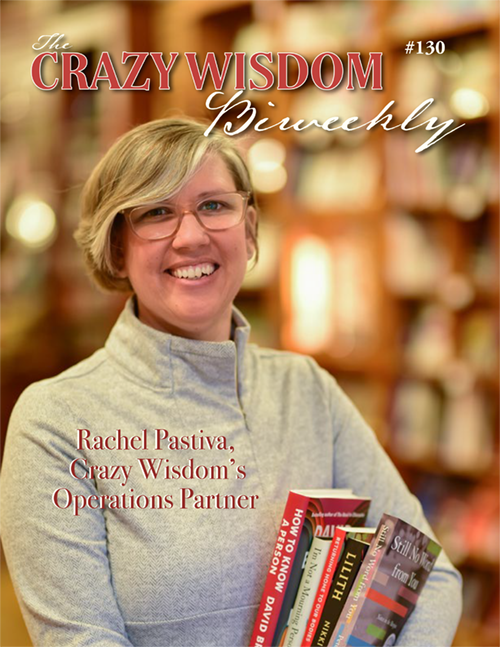

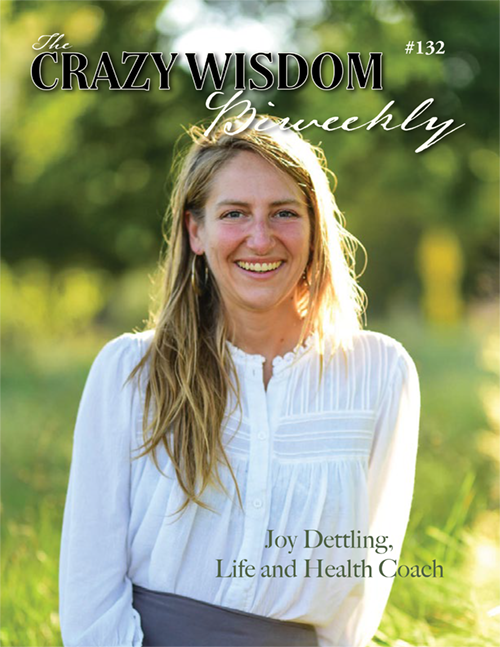













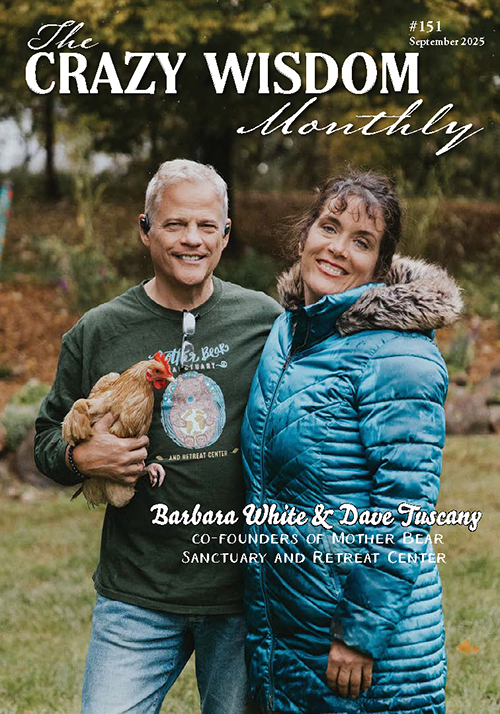









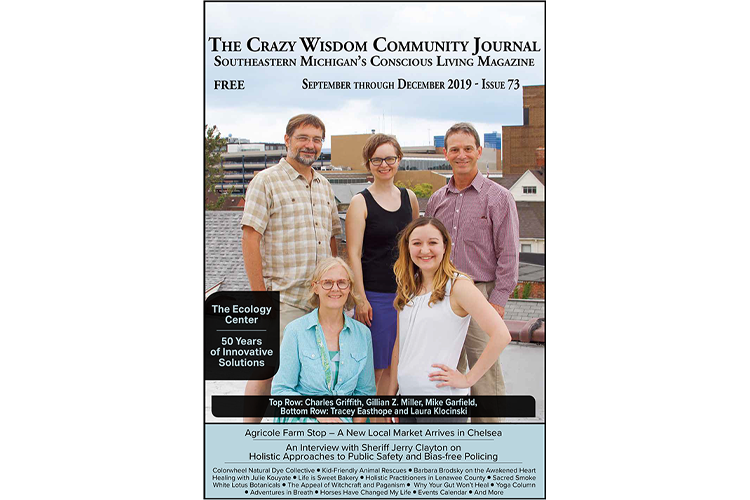
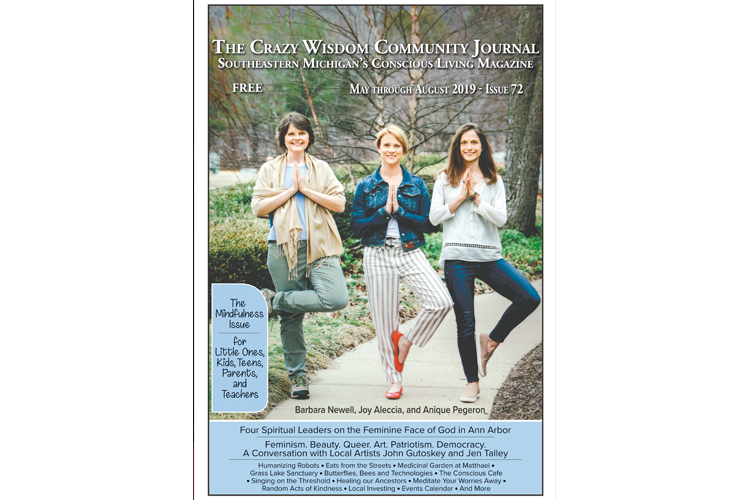

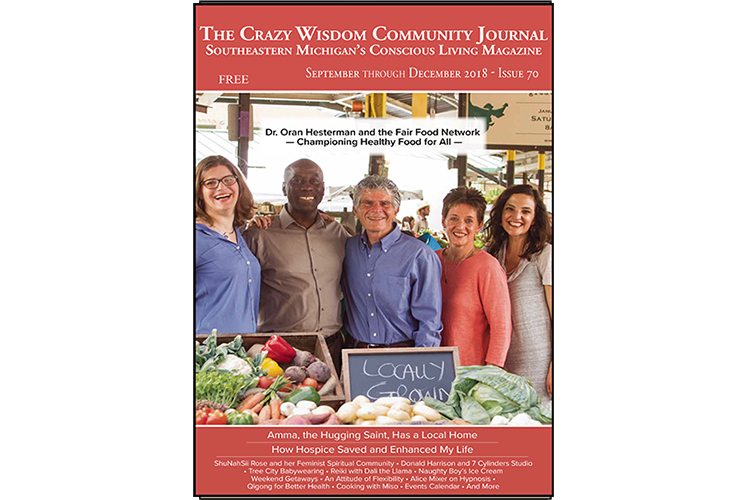


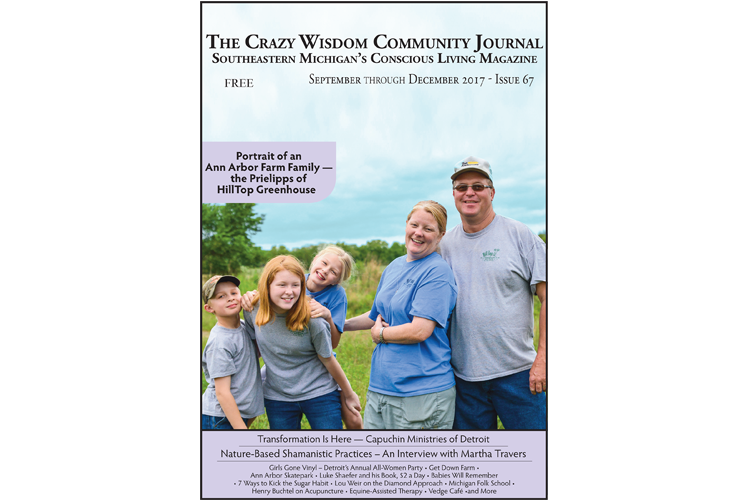
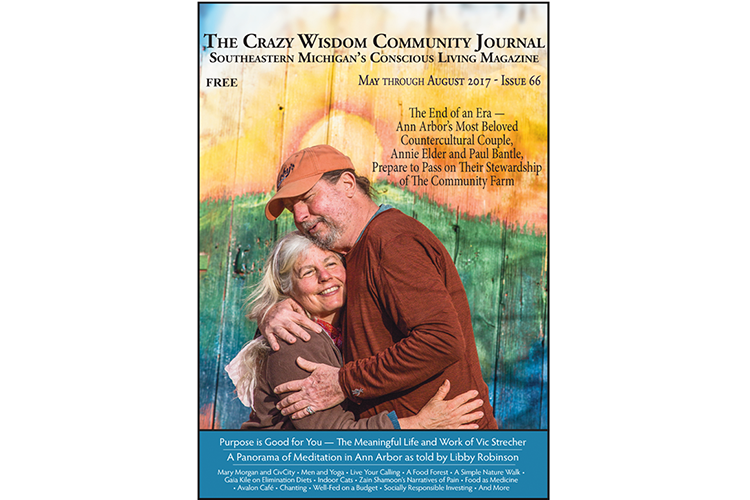
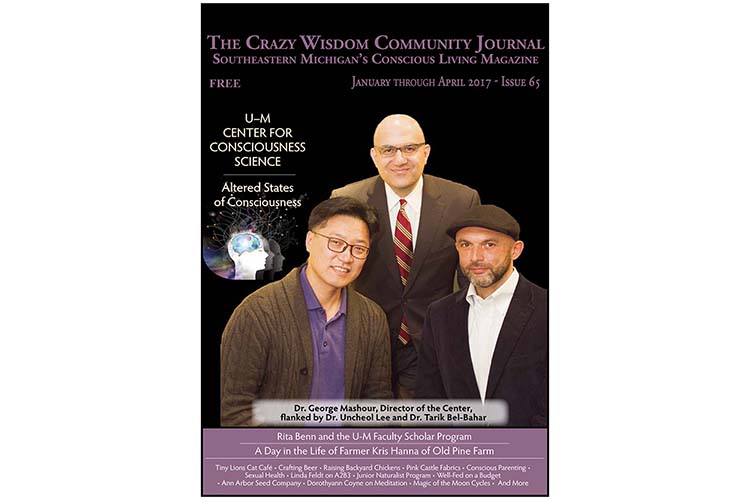
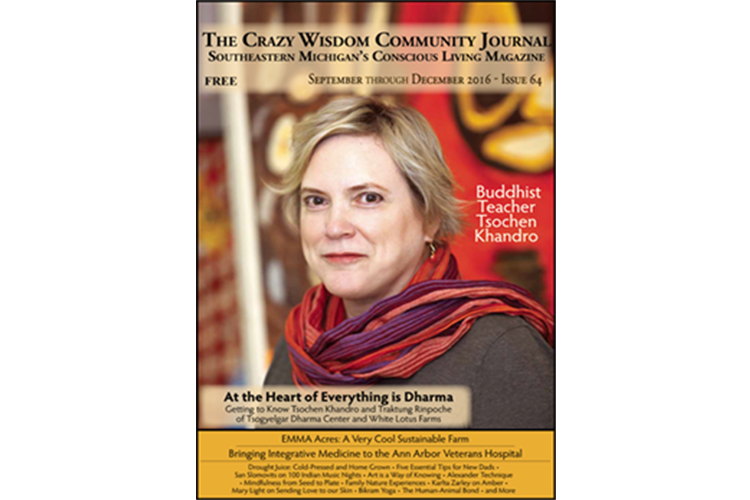
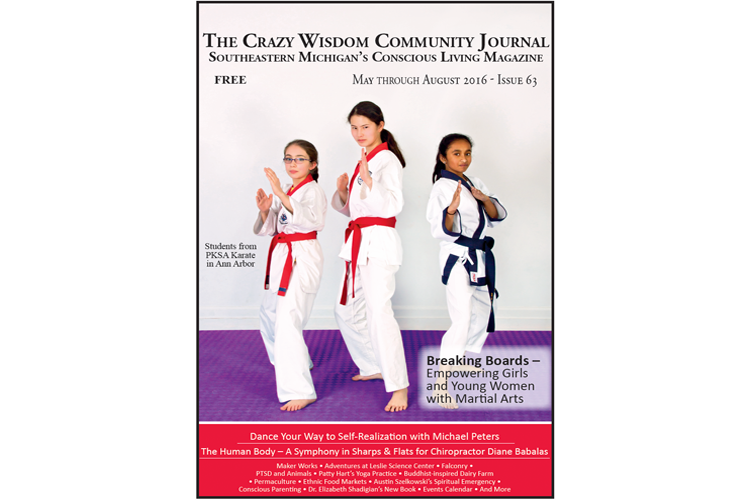
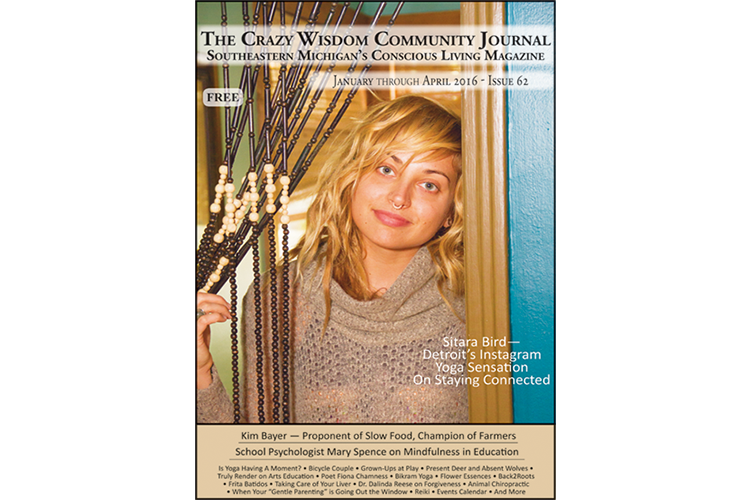




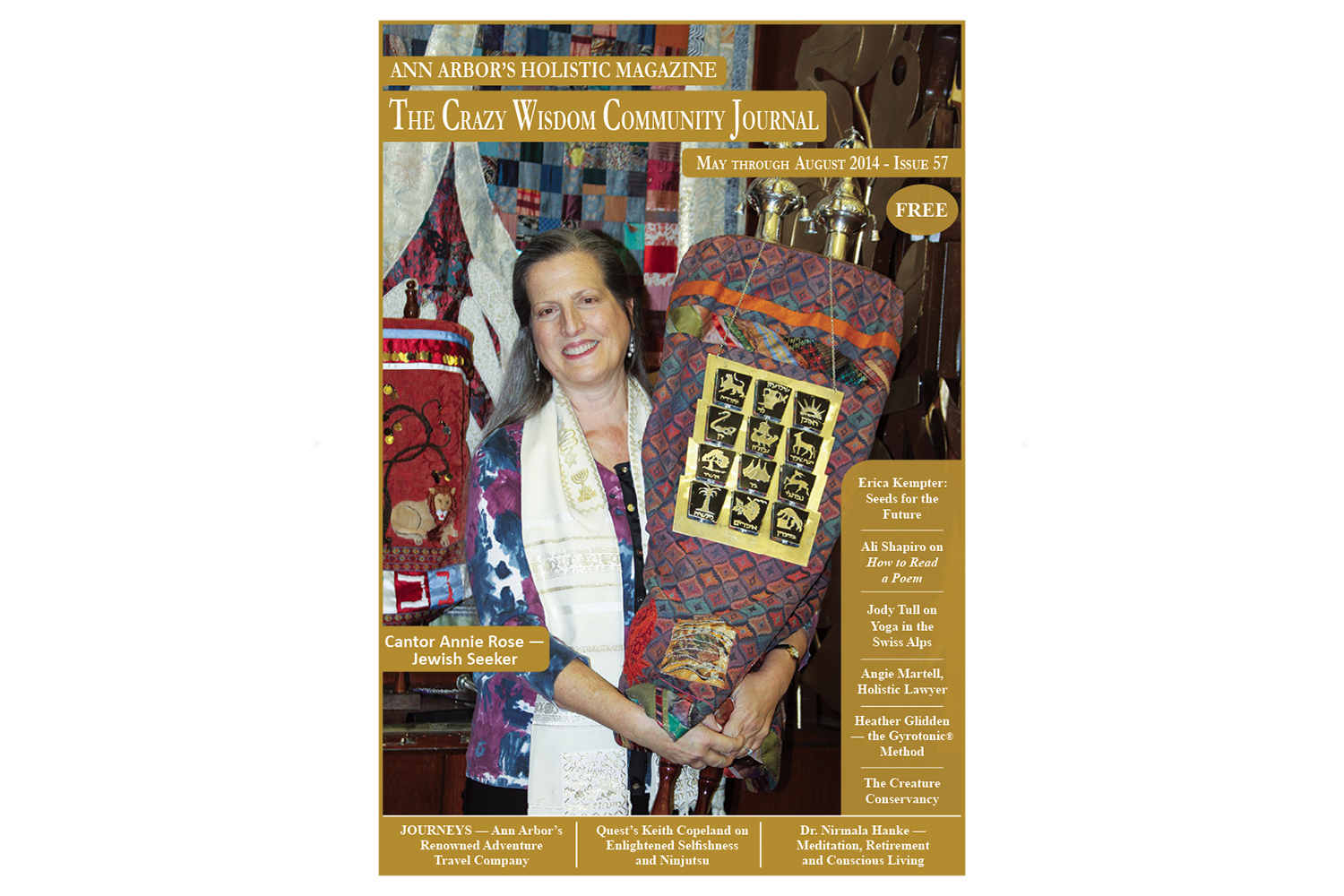
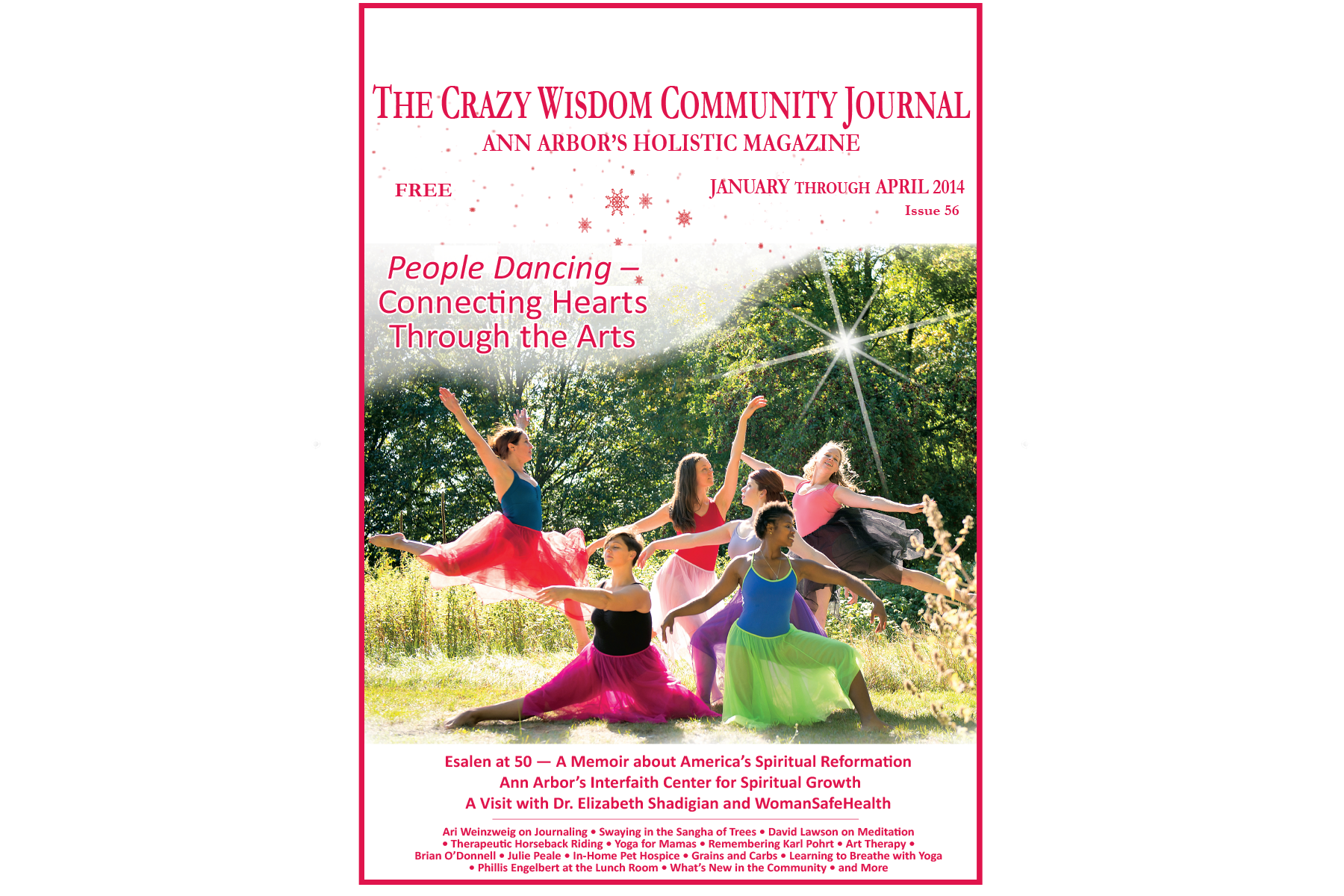
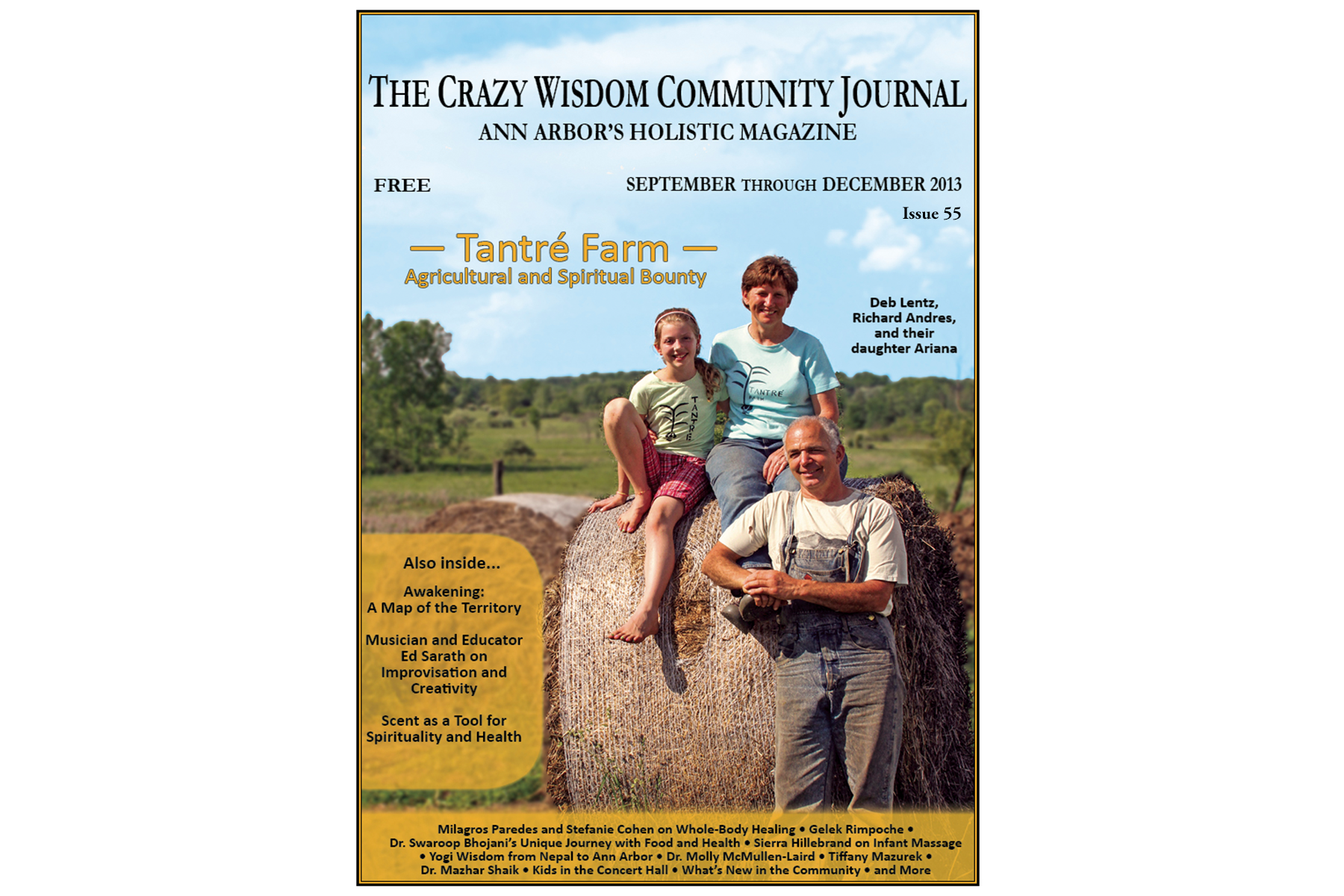
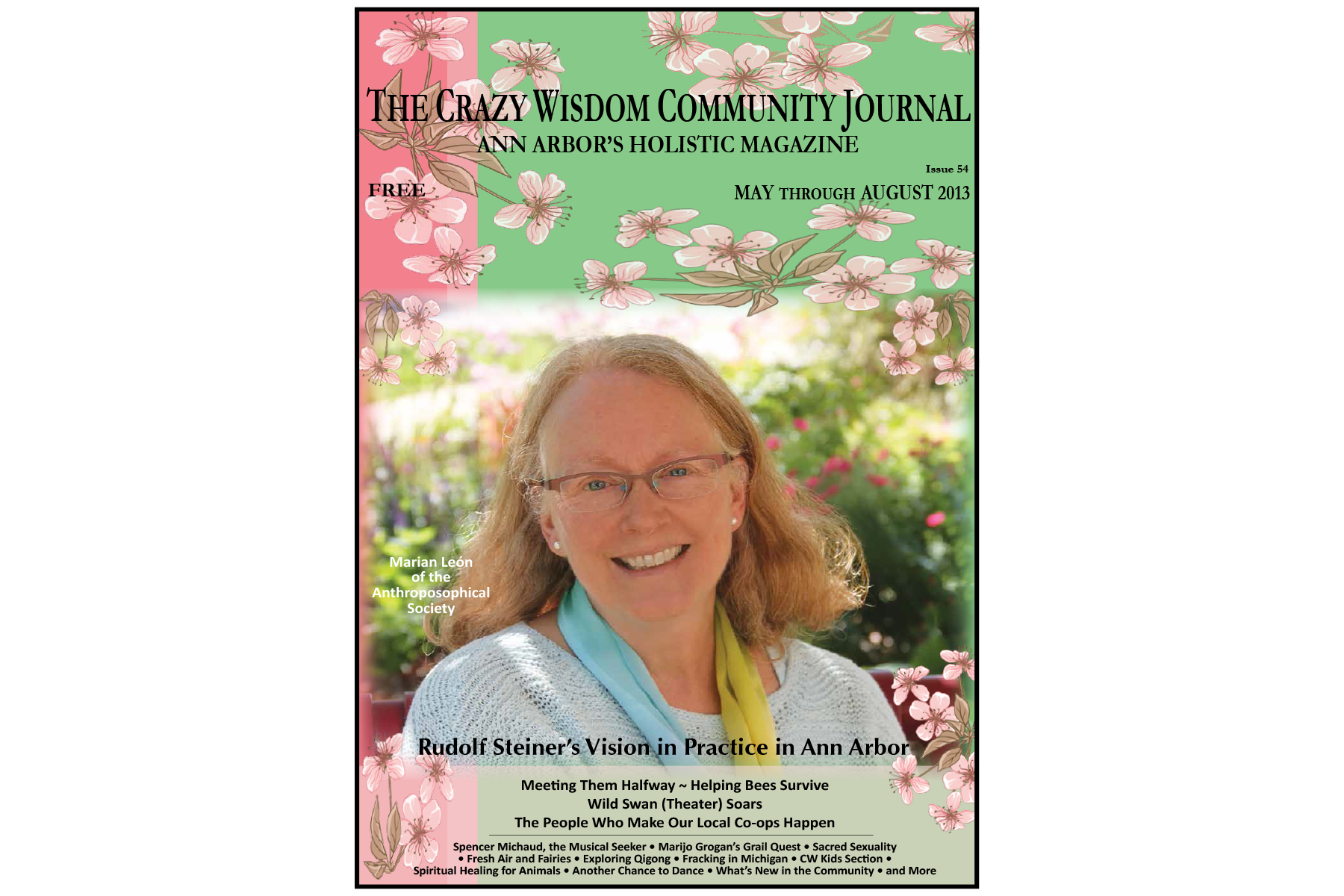
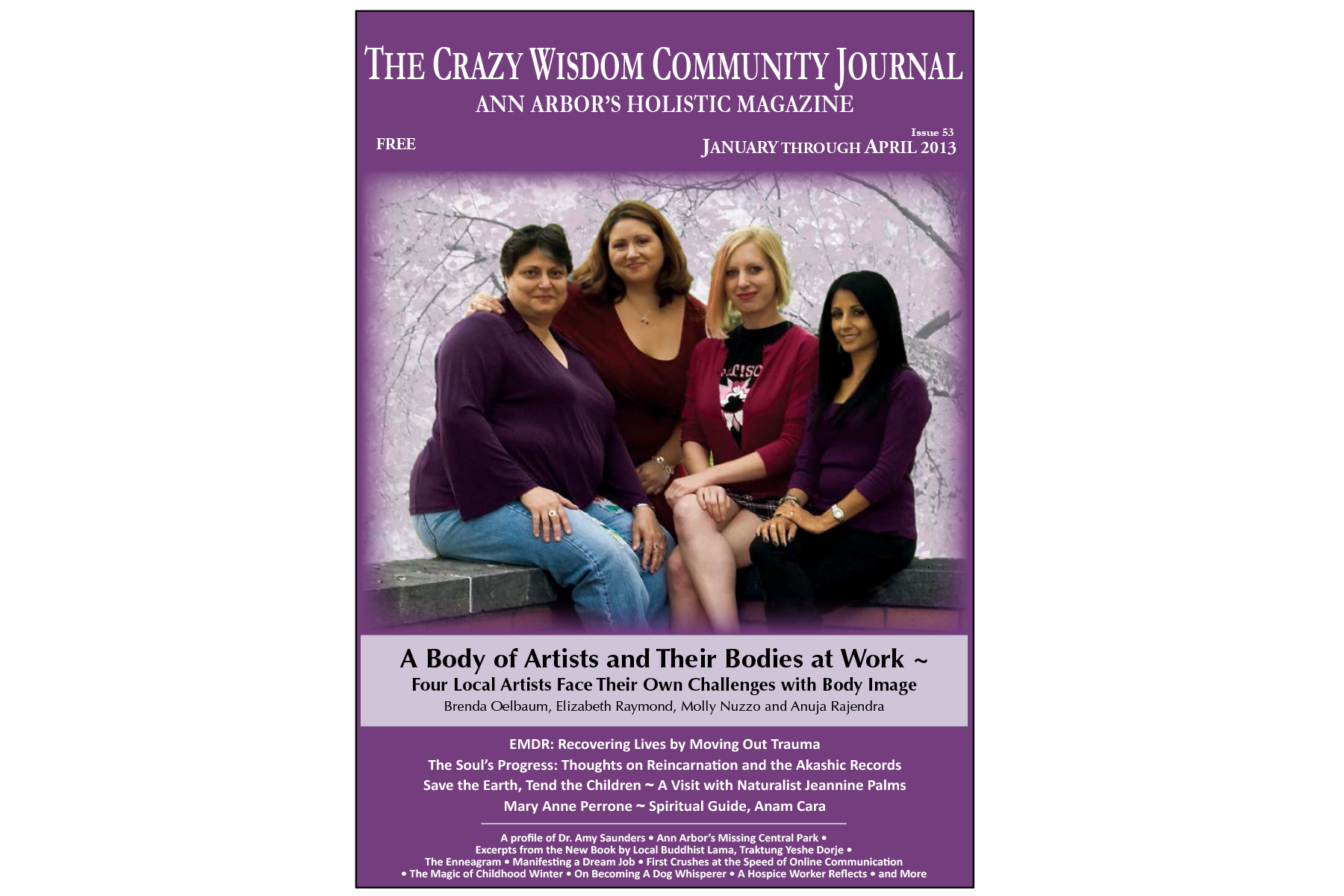
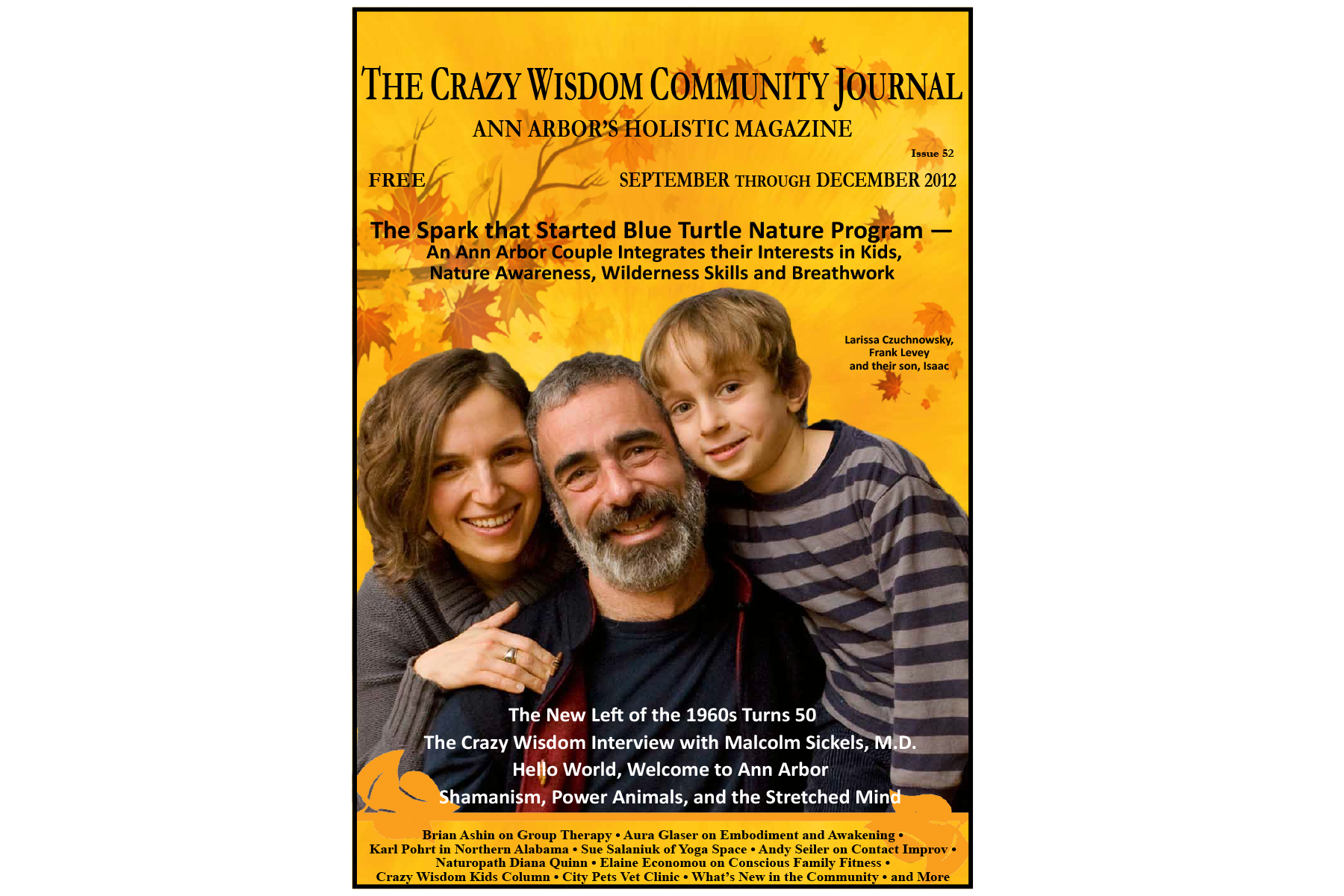



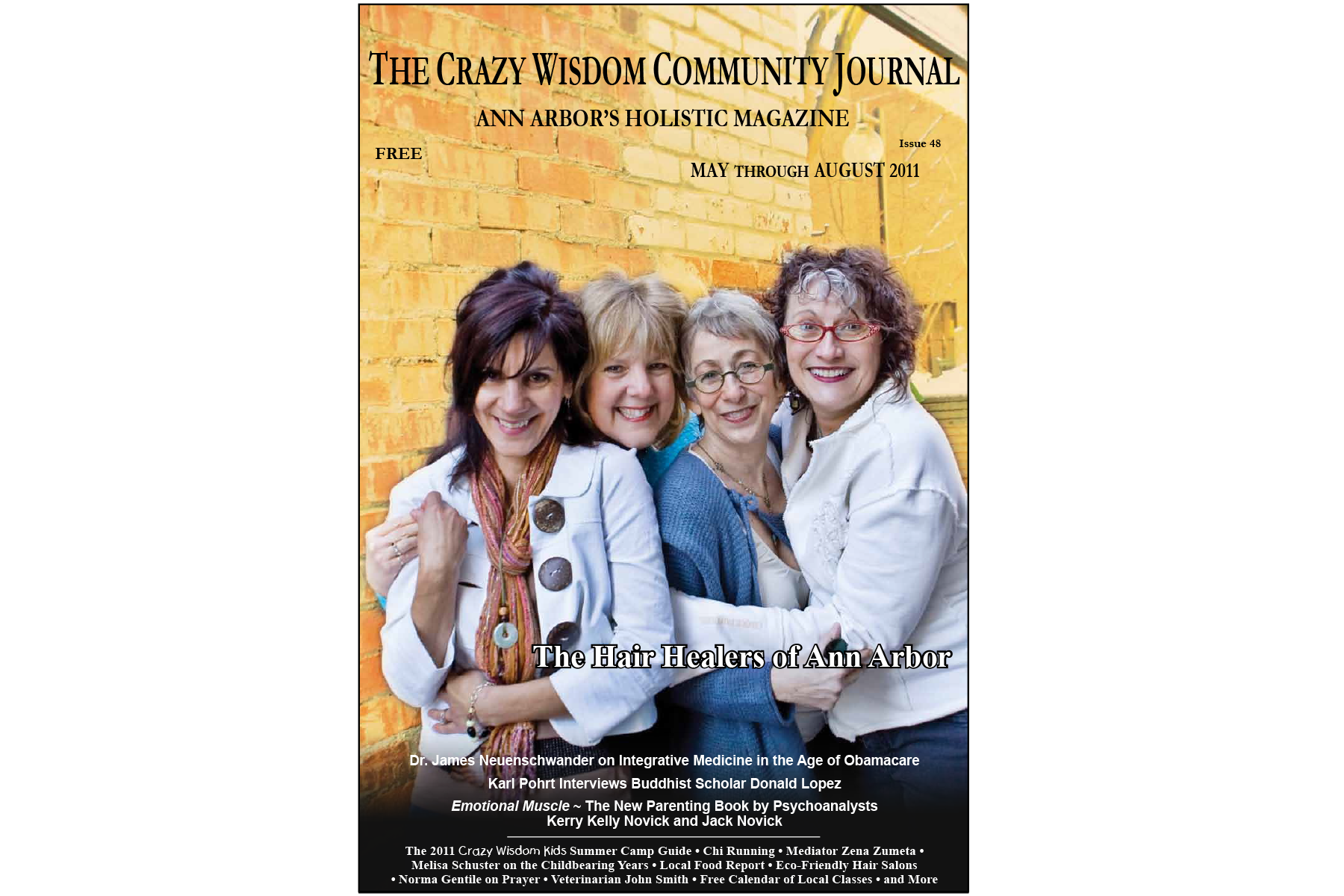
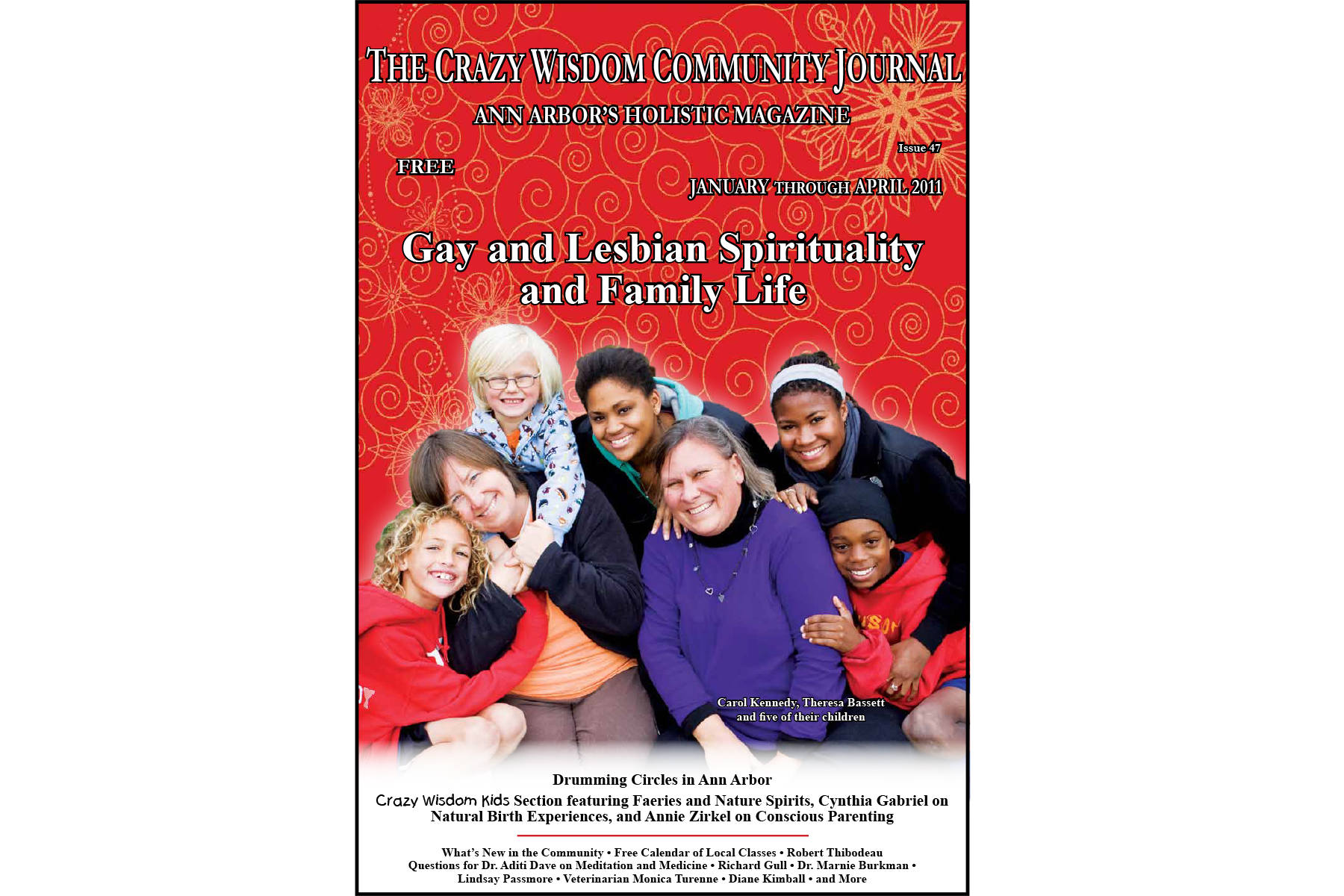
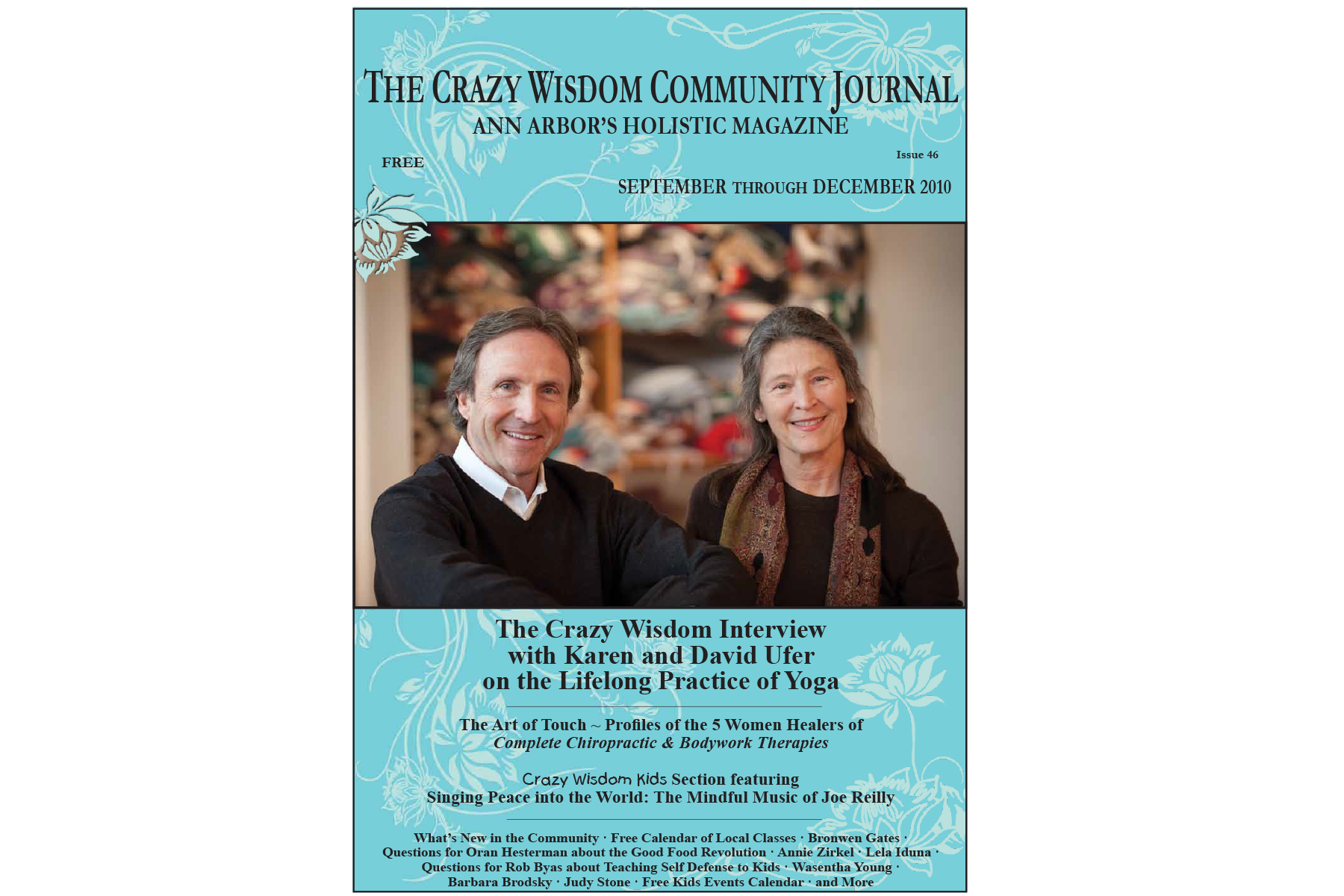

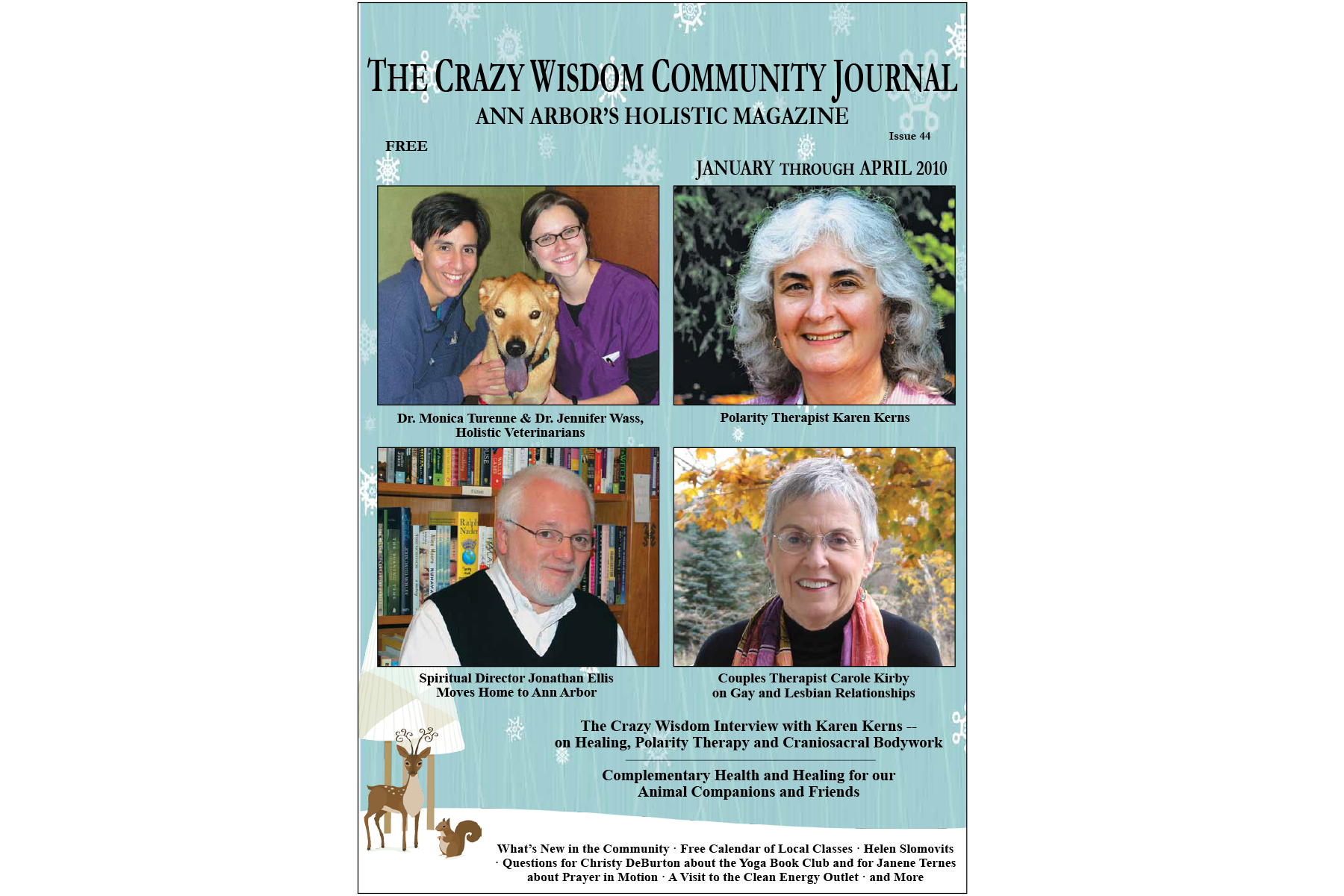



I also adore leading, or more often being led by, these foundational elements of yoga. This is That: Patanjali’s Yoga Sutras Padas 1 and 2 by Anand Mehrotra, gets right to the heart of your question when he writes “… it is very dangerous to translate it merely as “Thou shall speak the truth and only the truth.”” He goes on to explain that all of our truths are subjective, based our own experiences, and not based on any universal or unbiased truth. He extrapolates that if we are in conflict, our truth is filtered through the lens of that conflict.